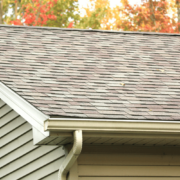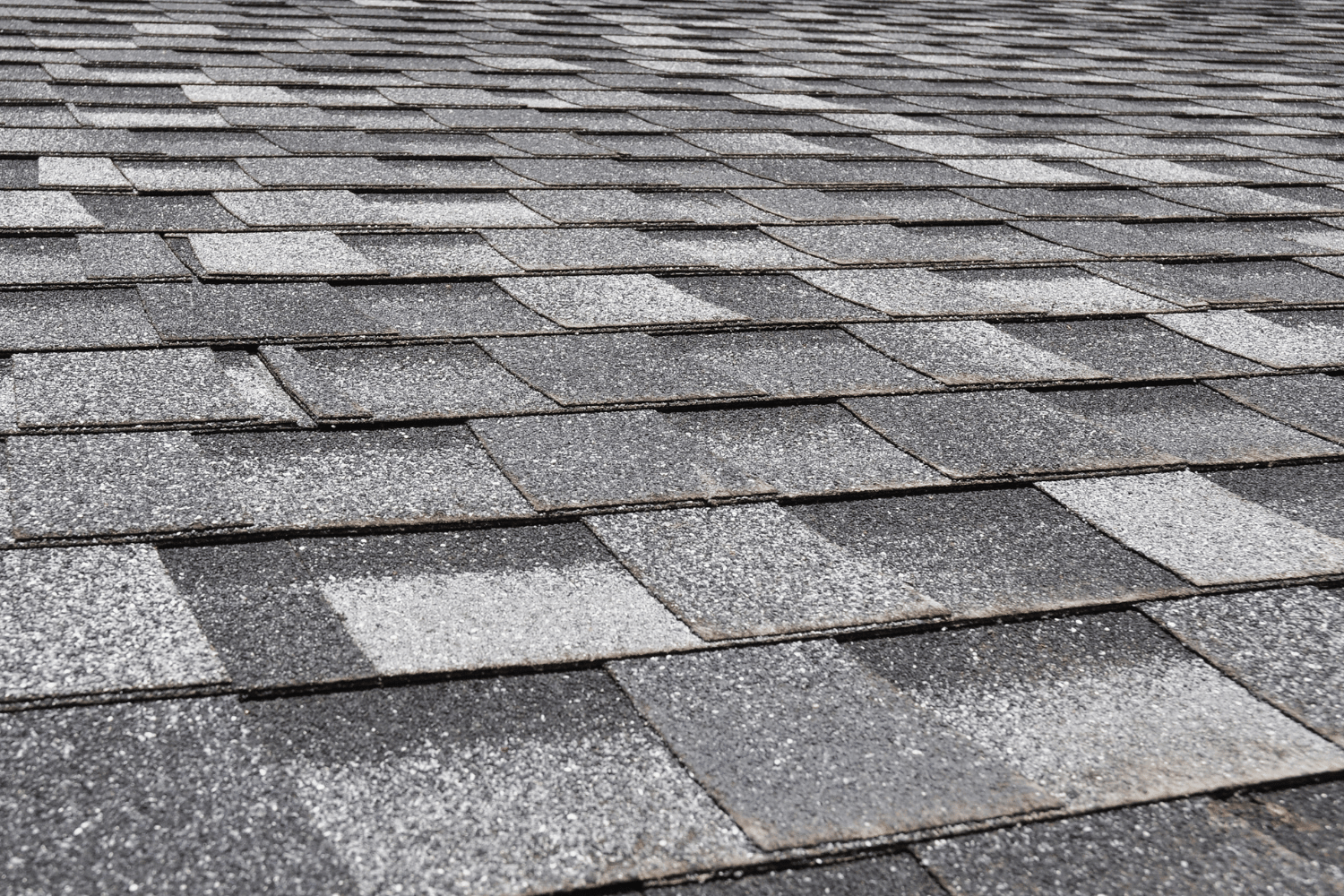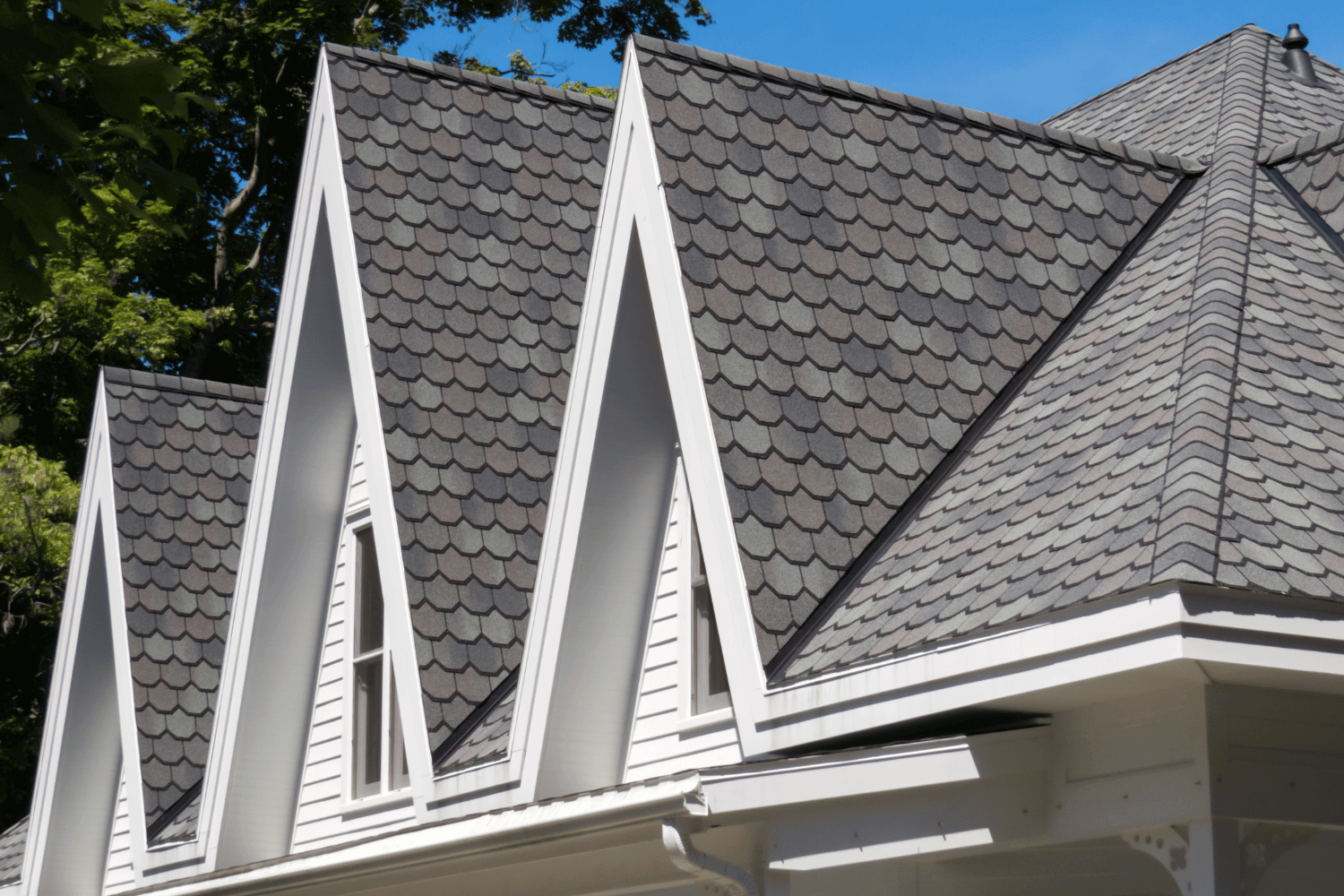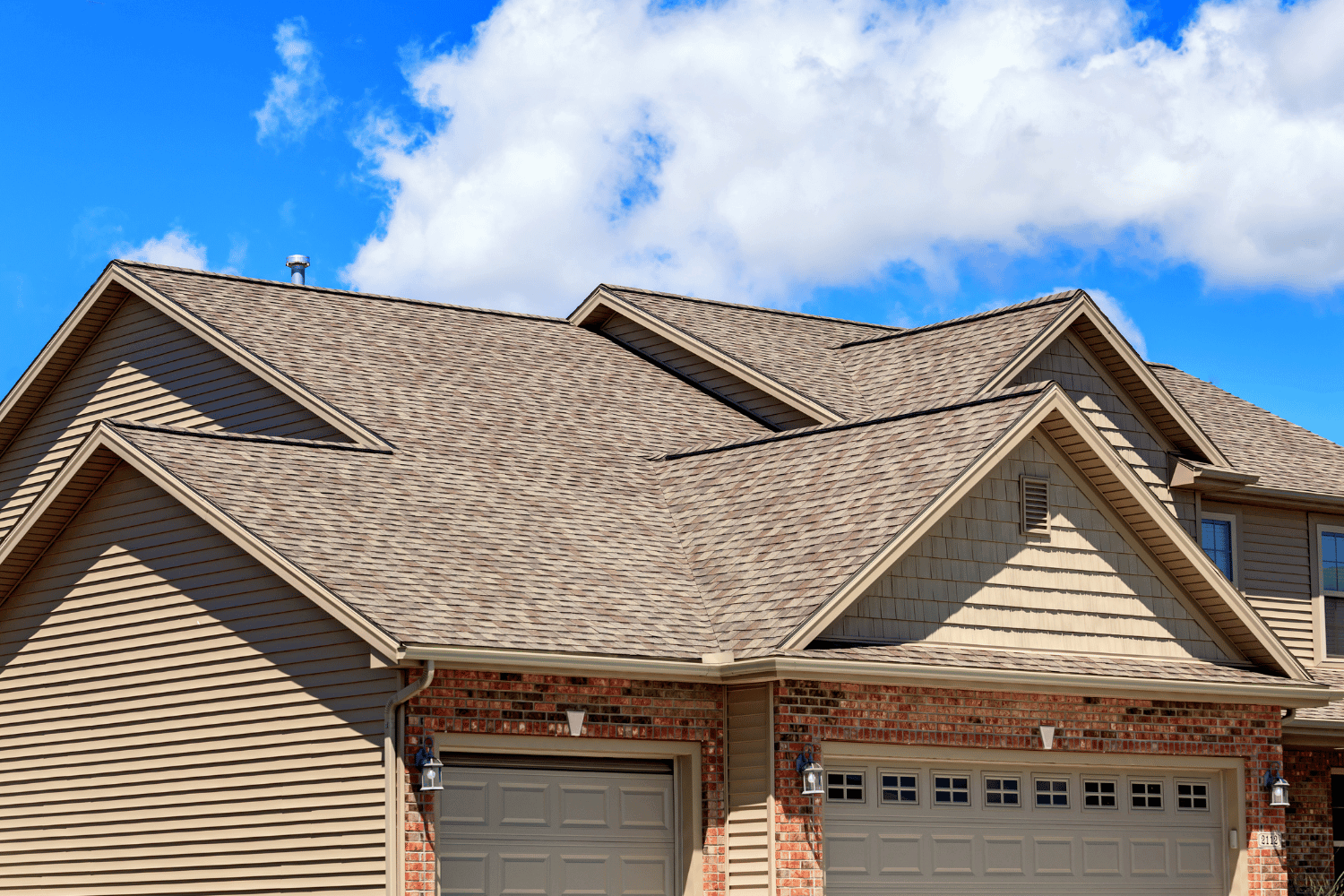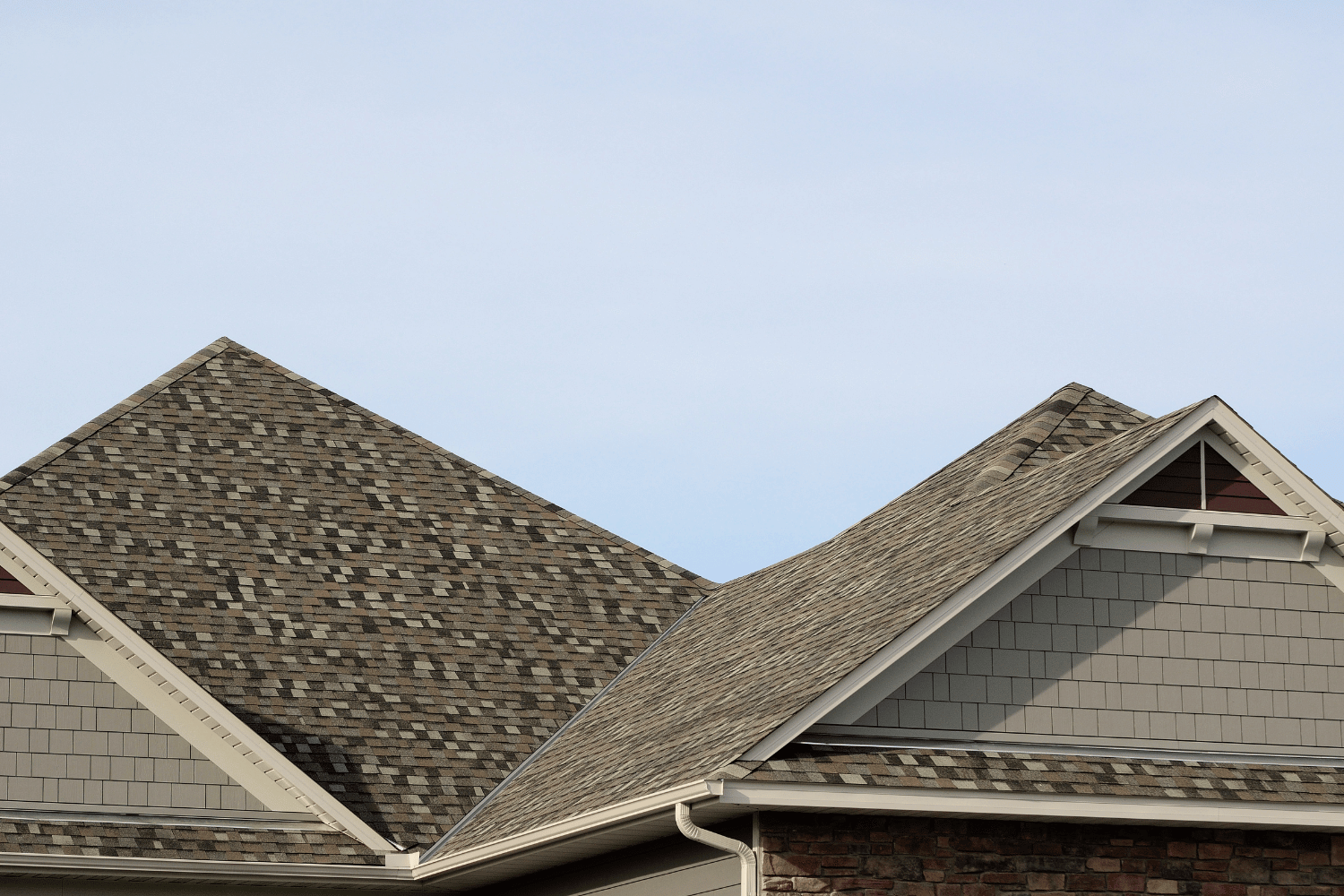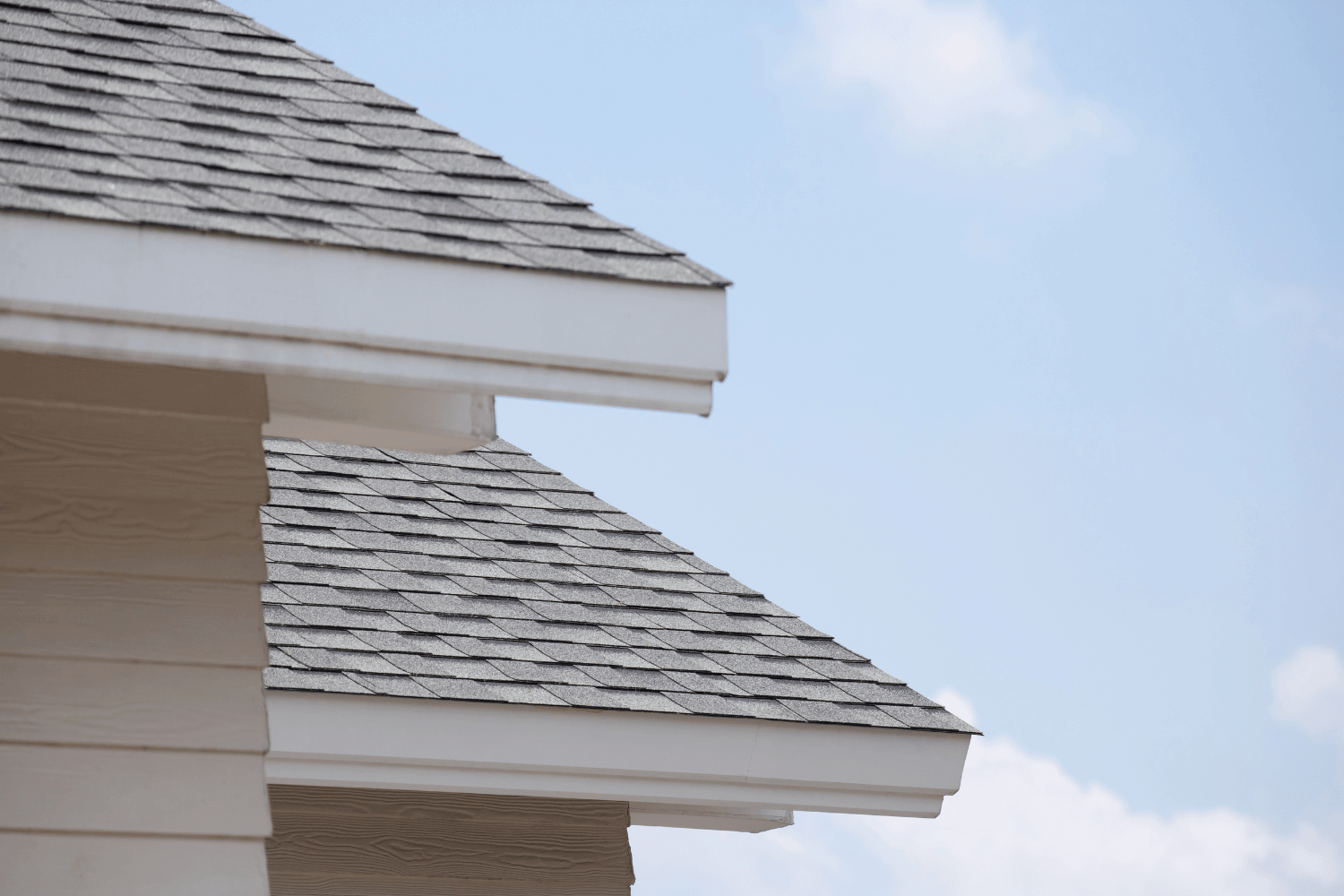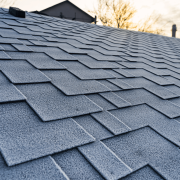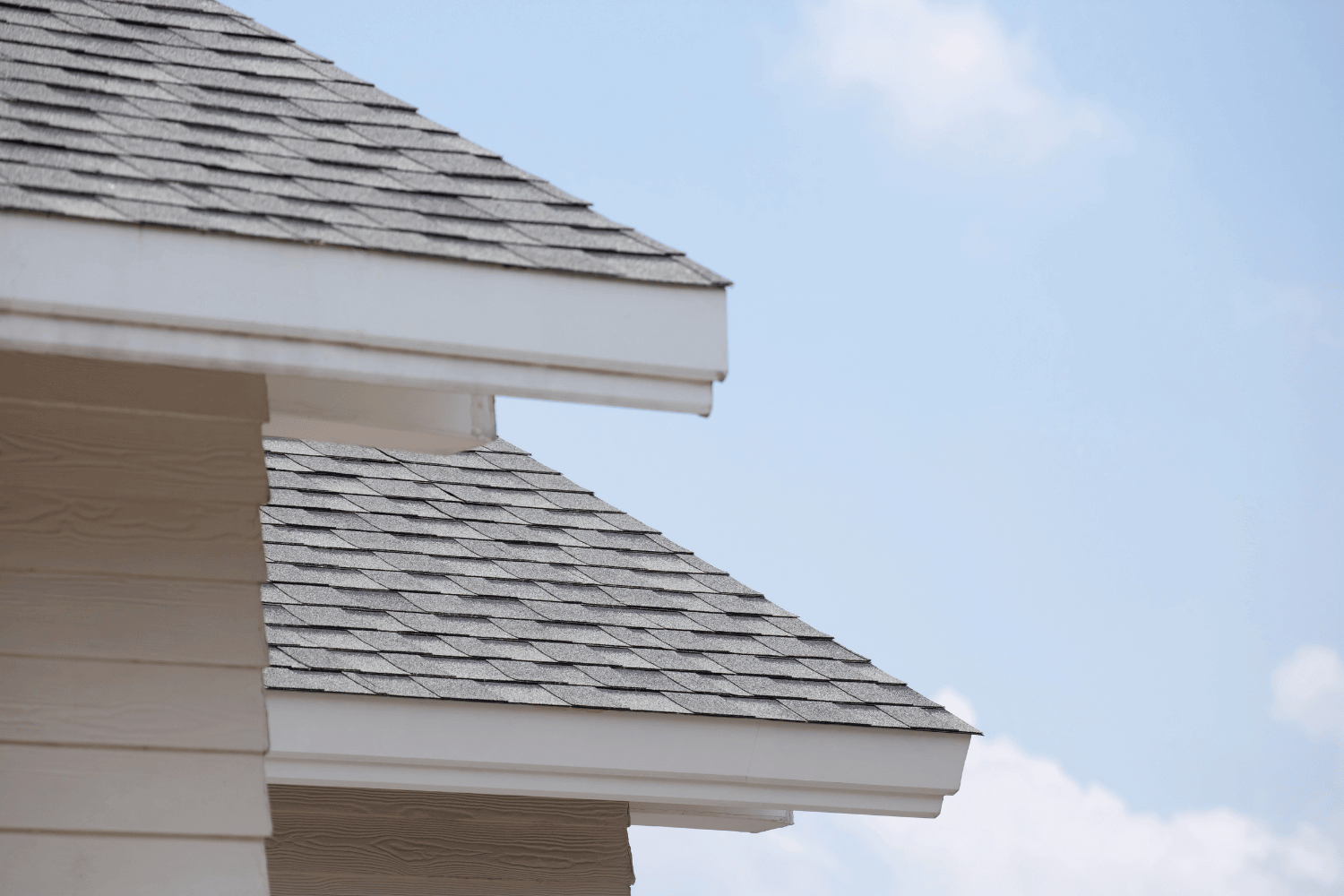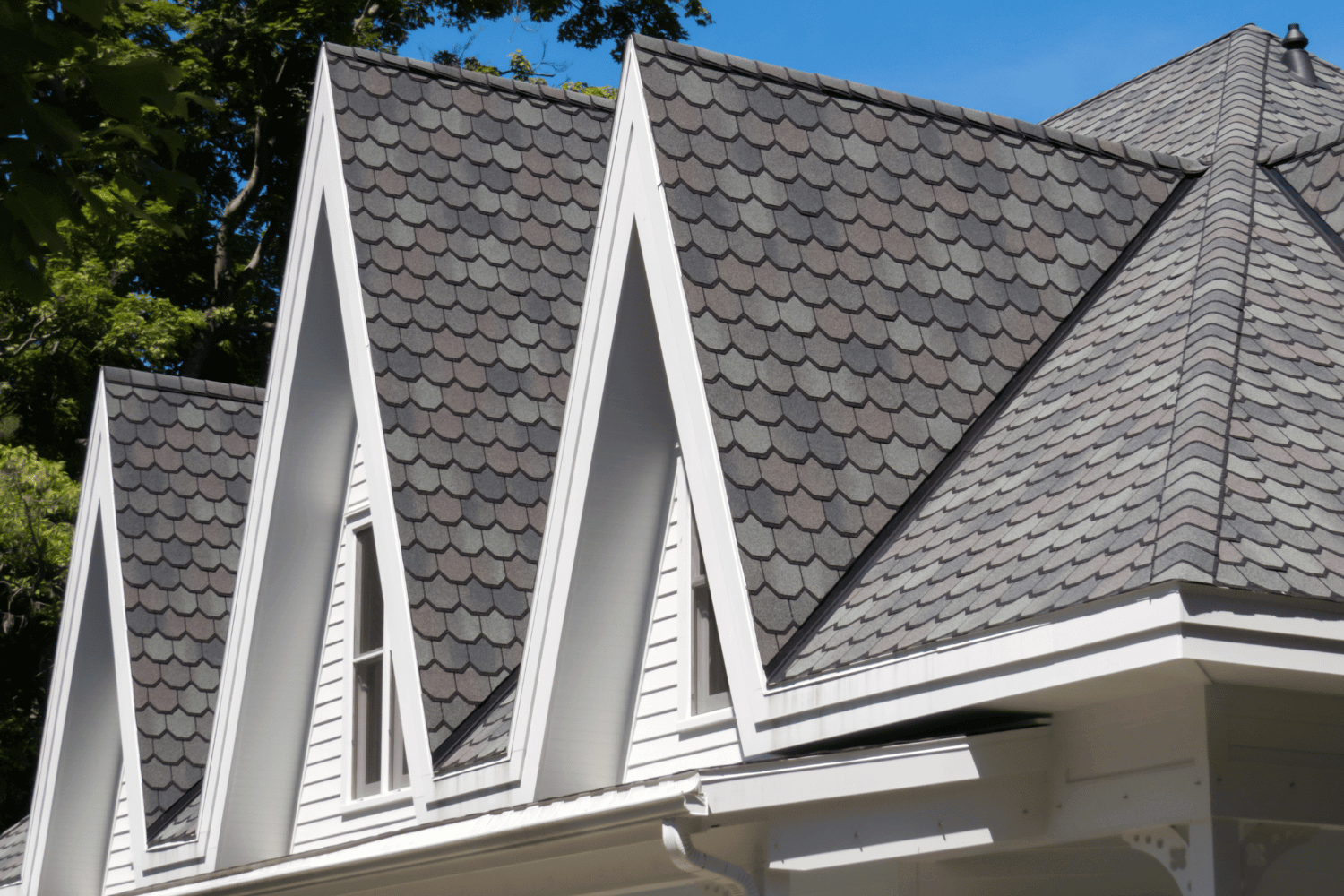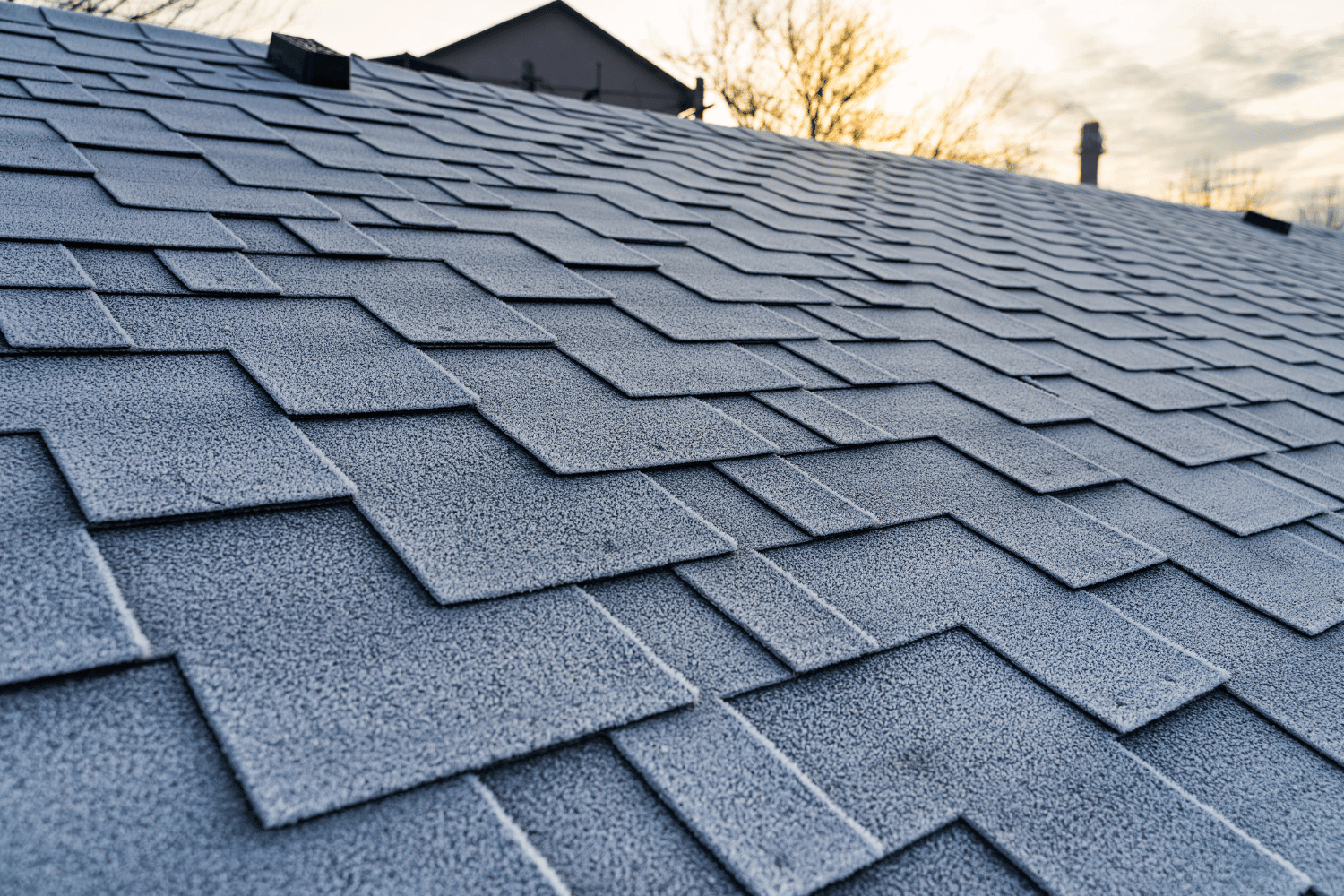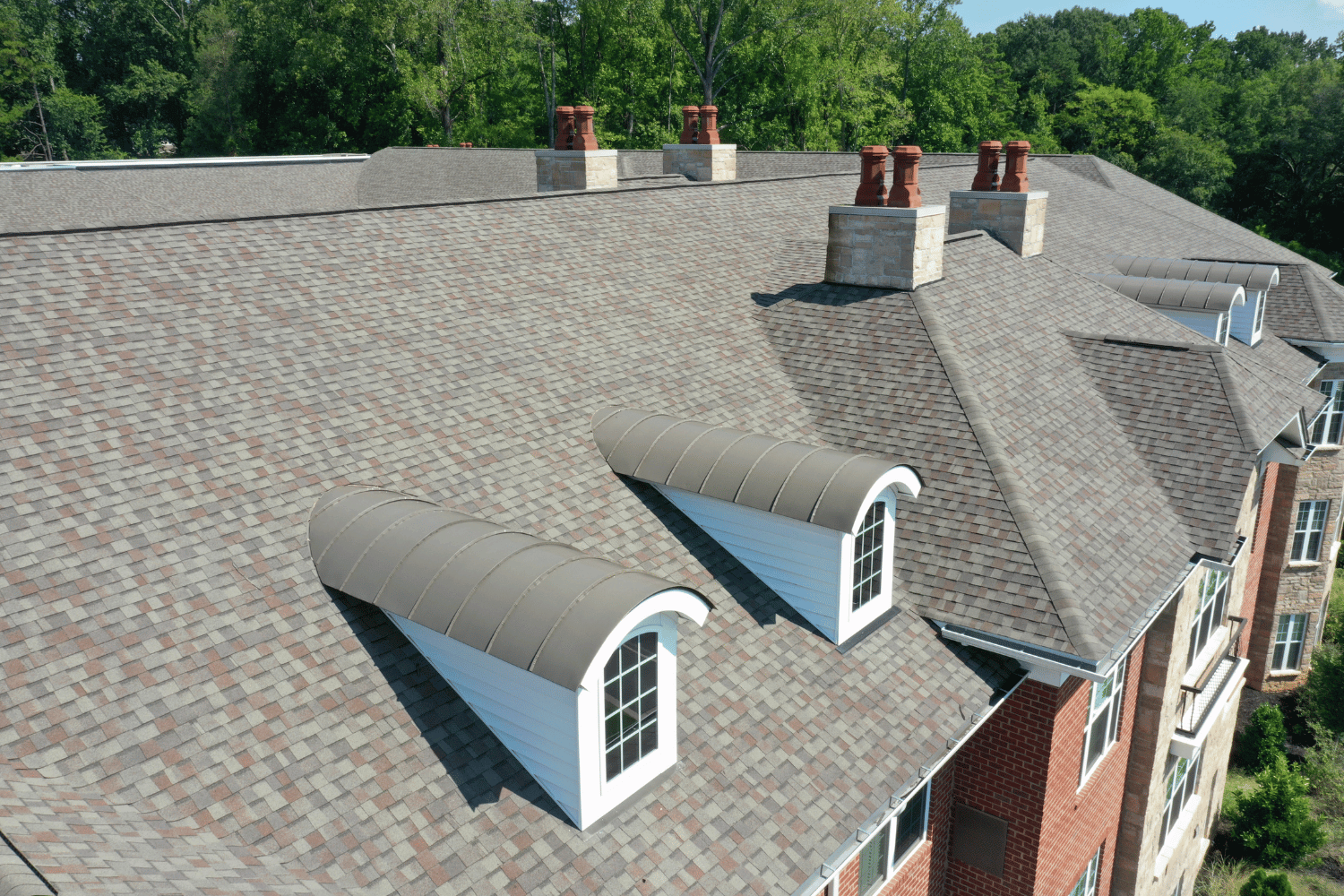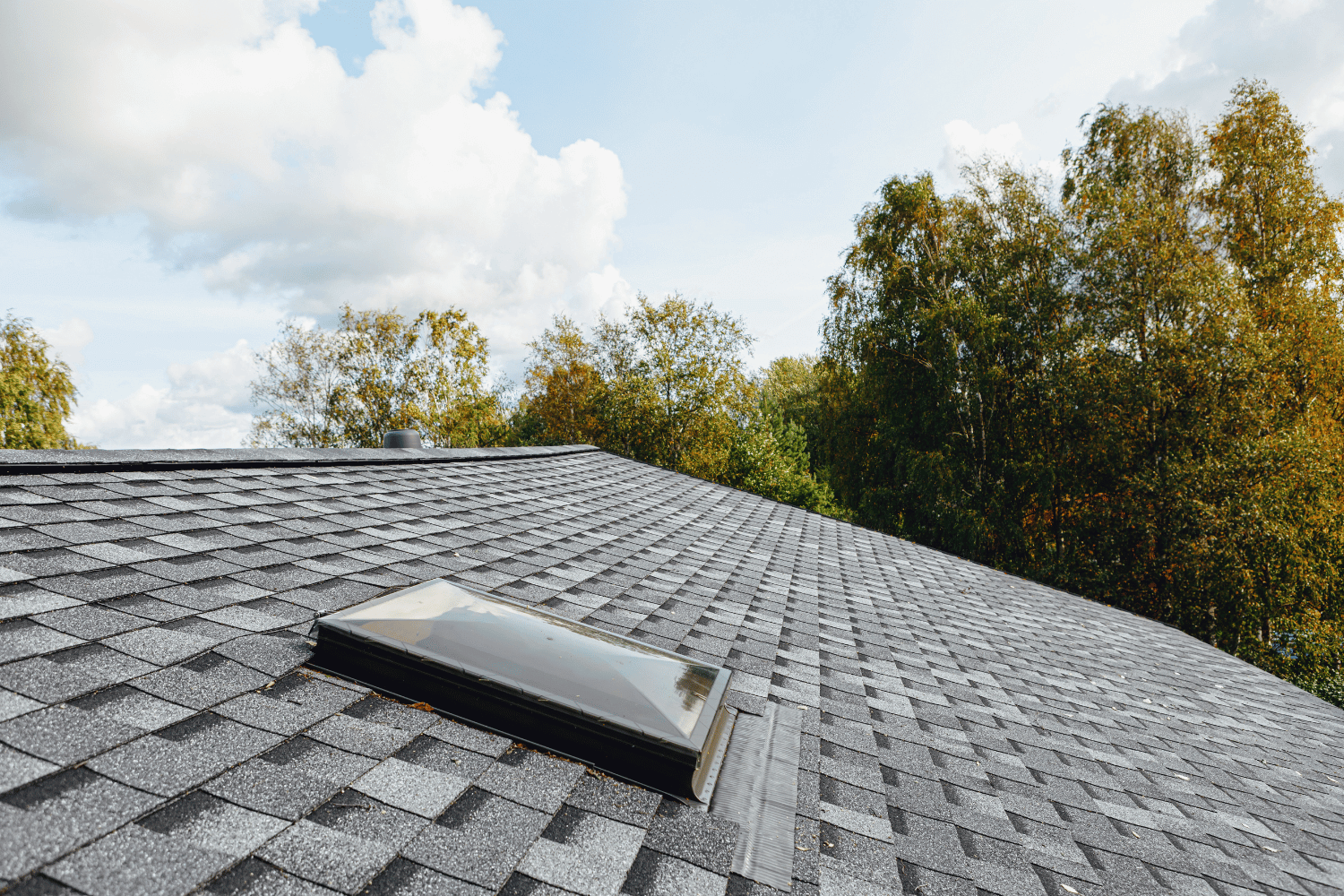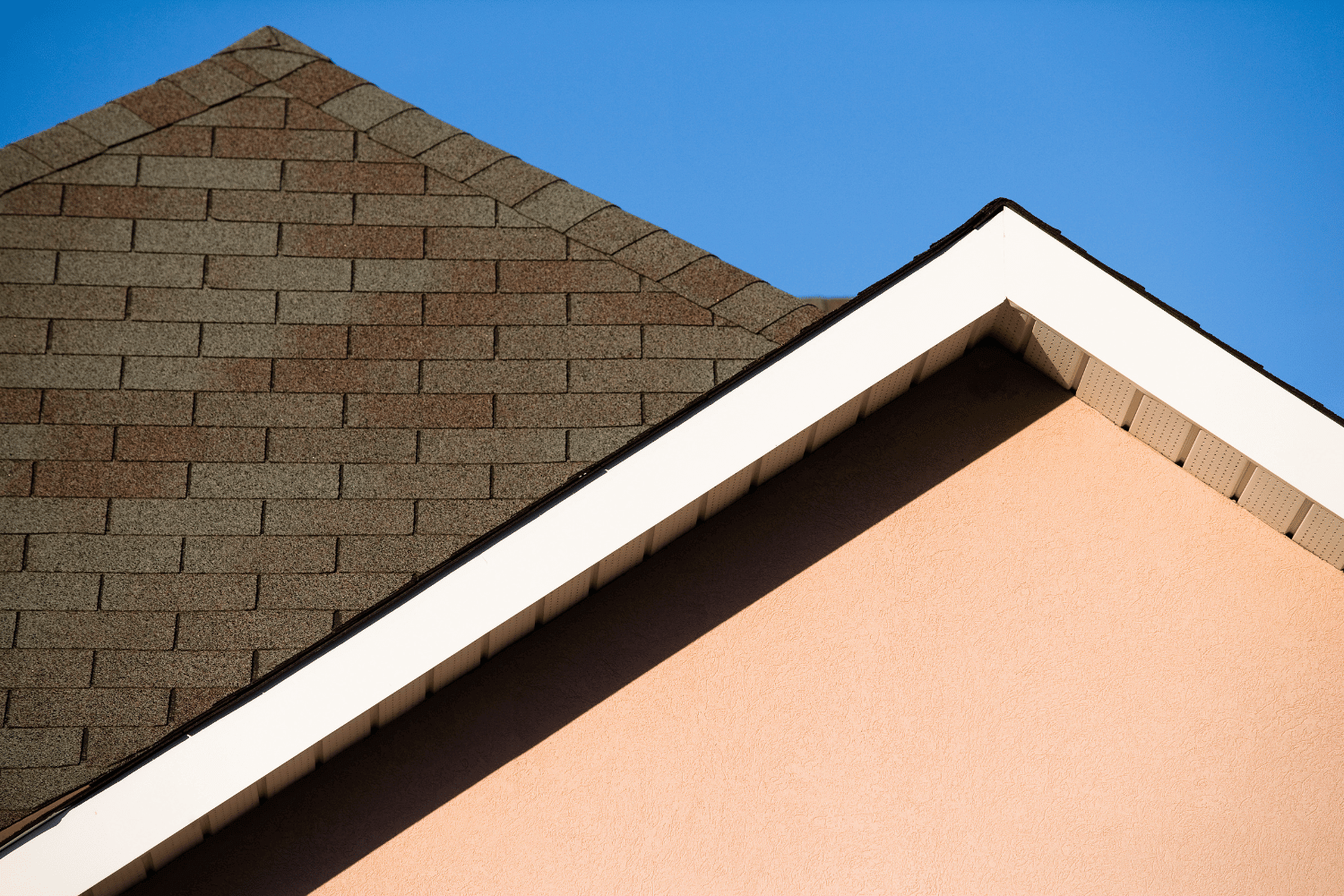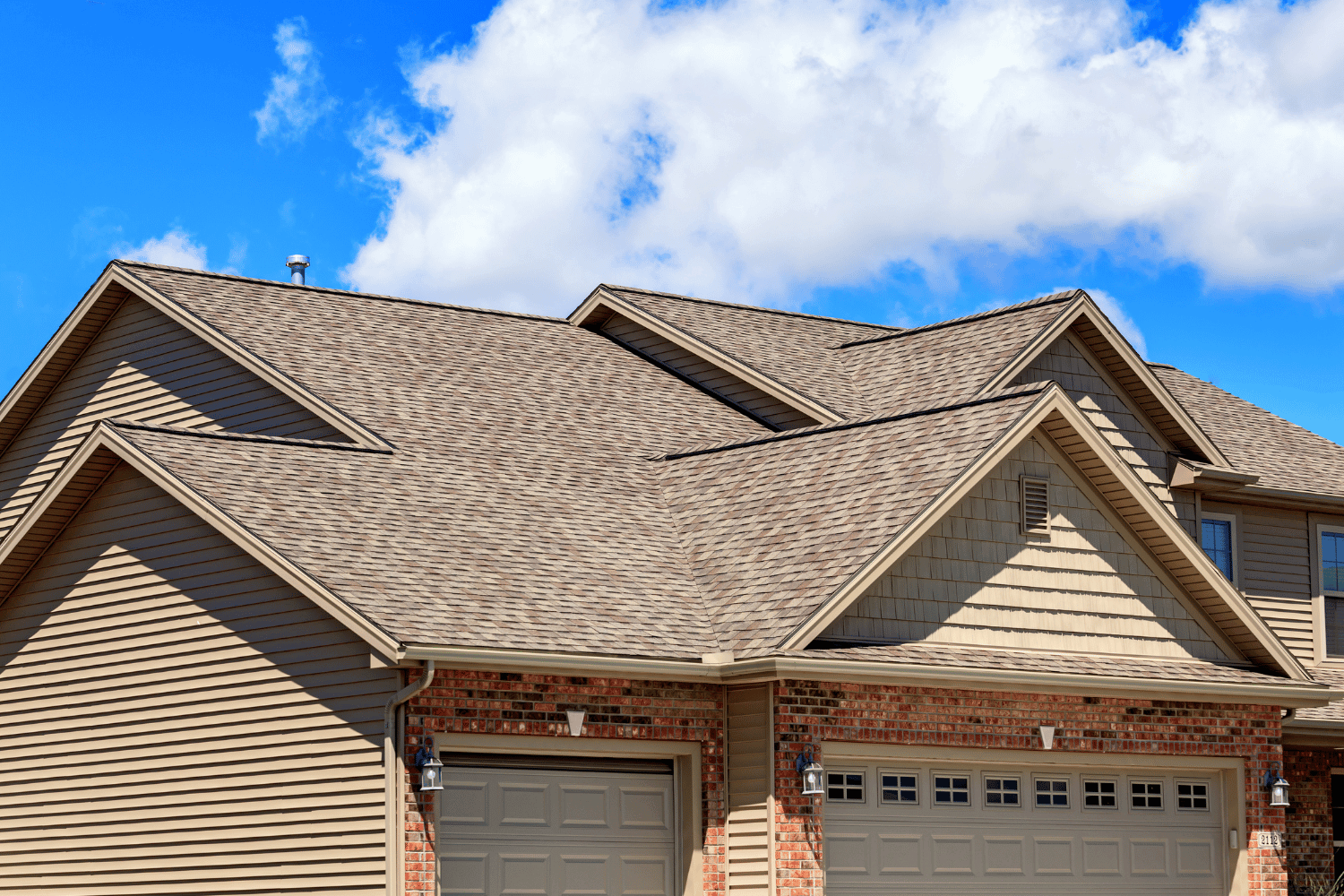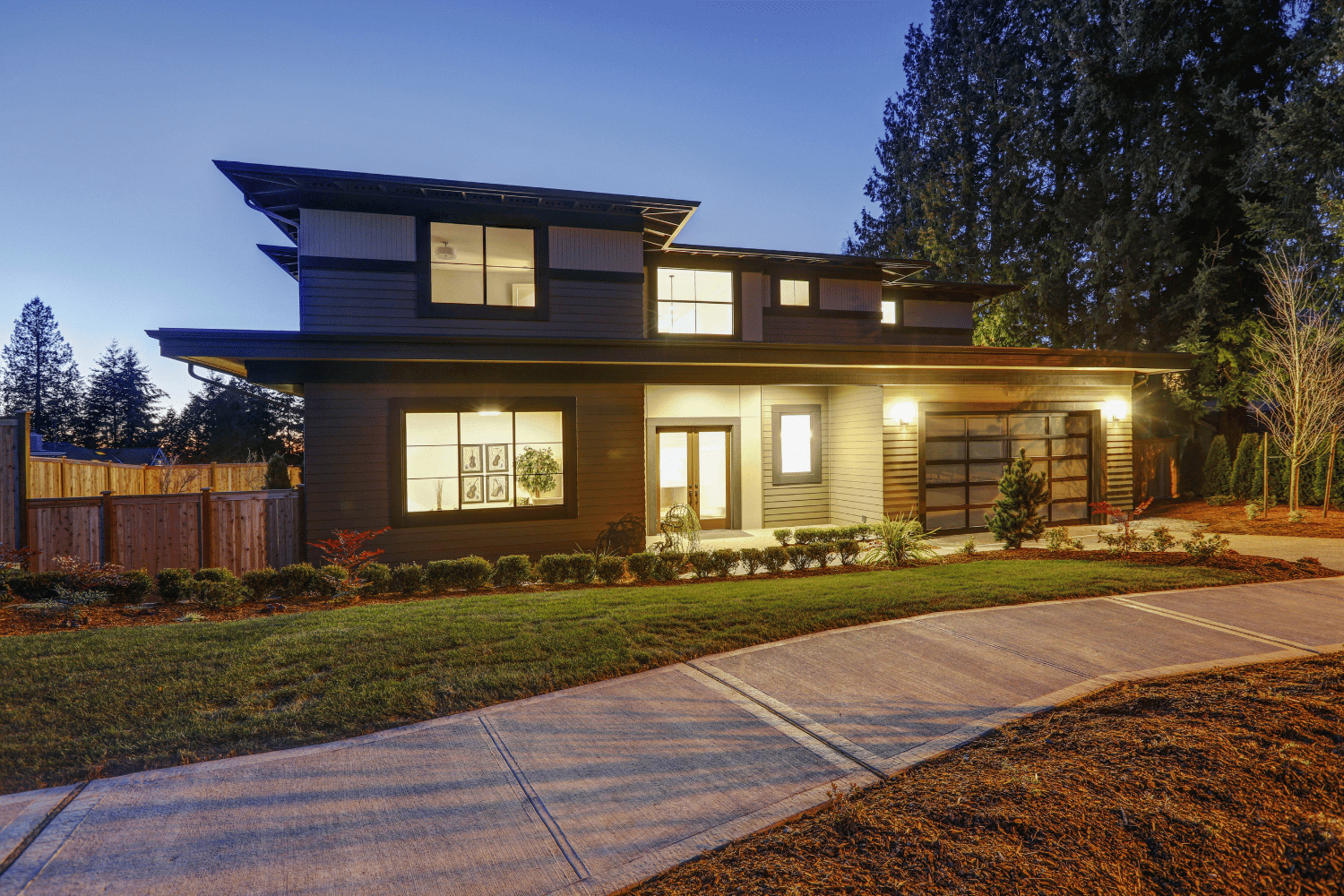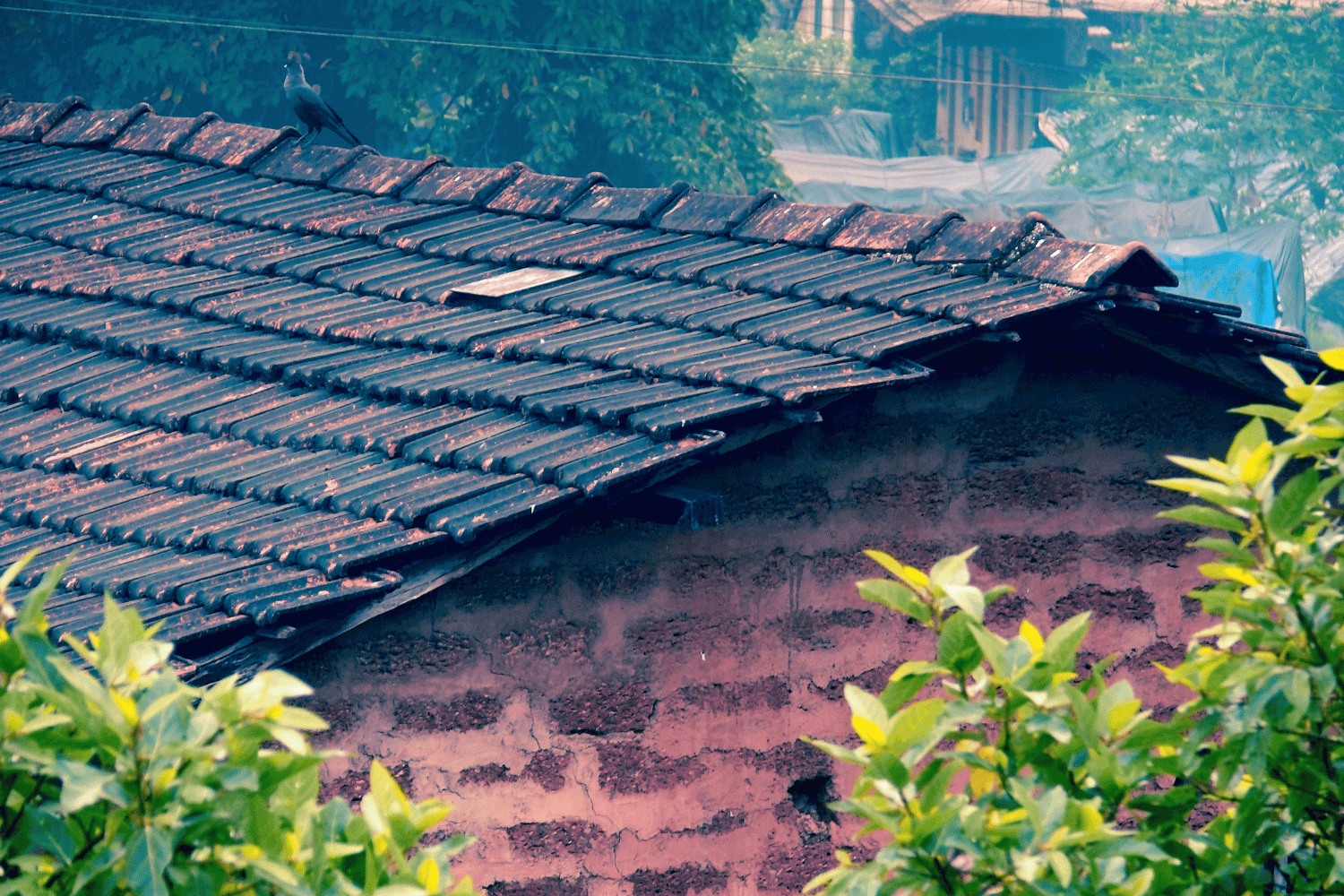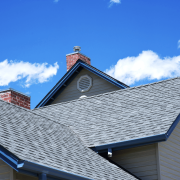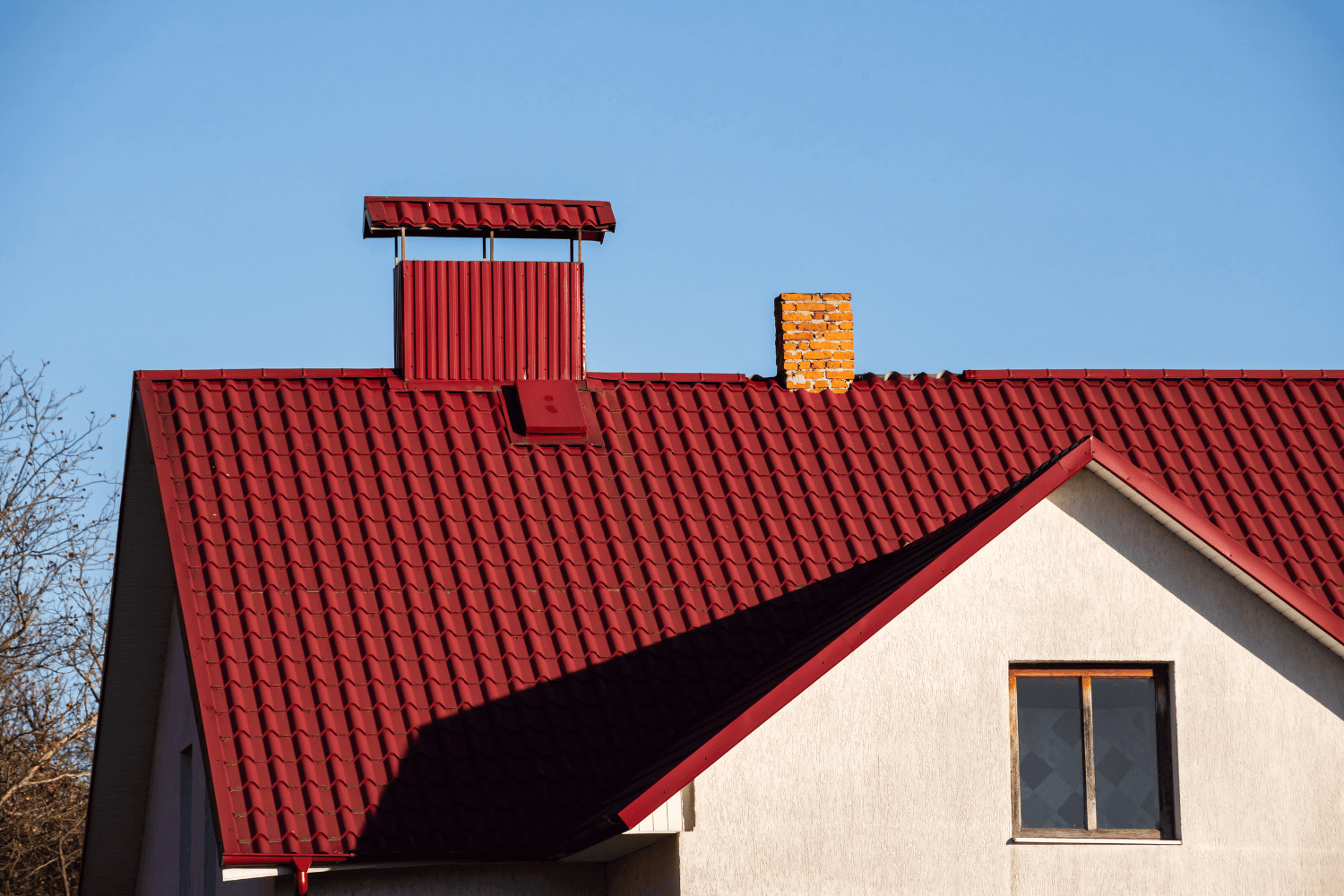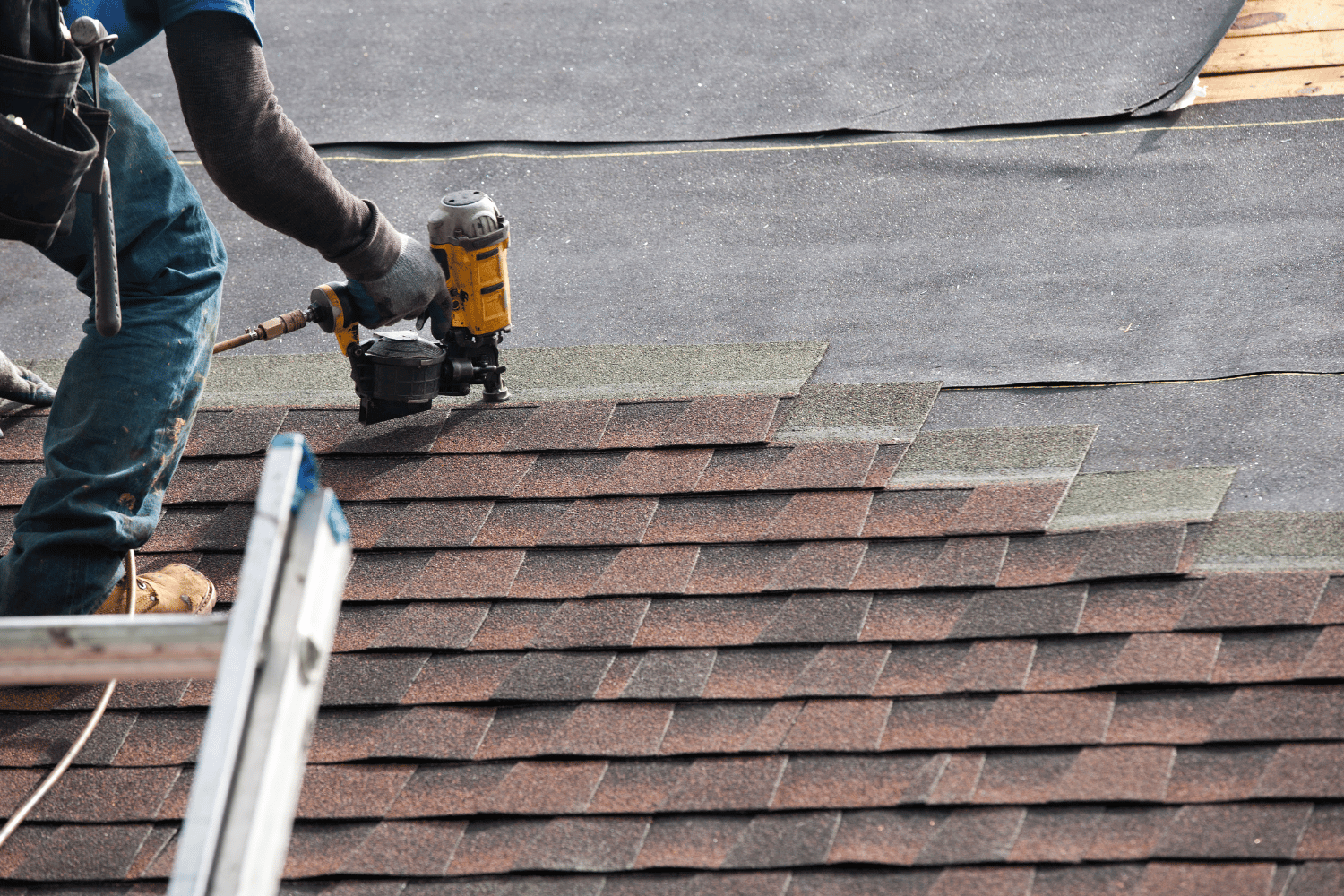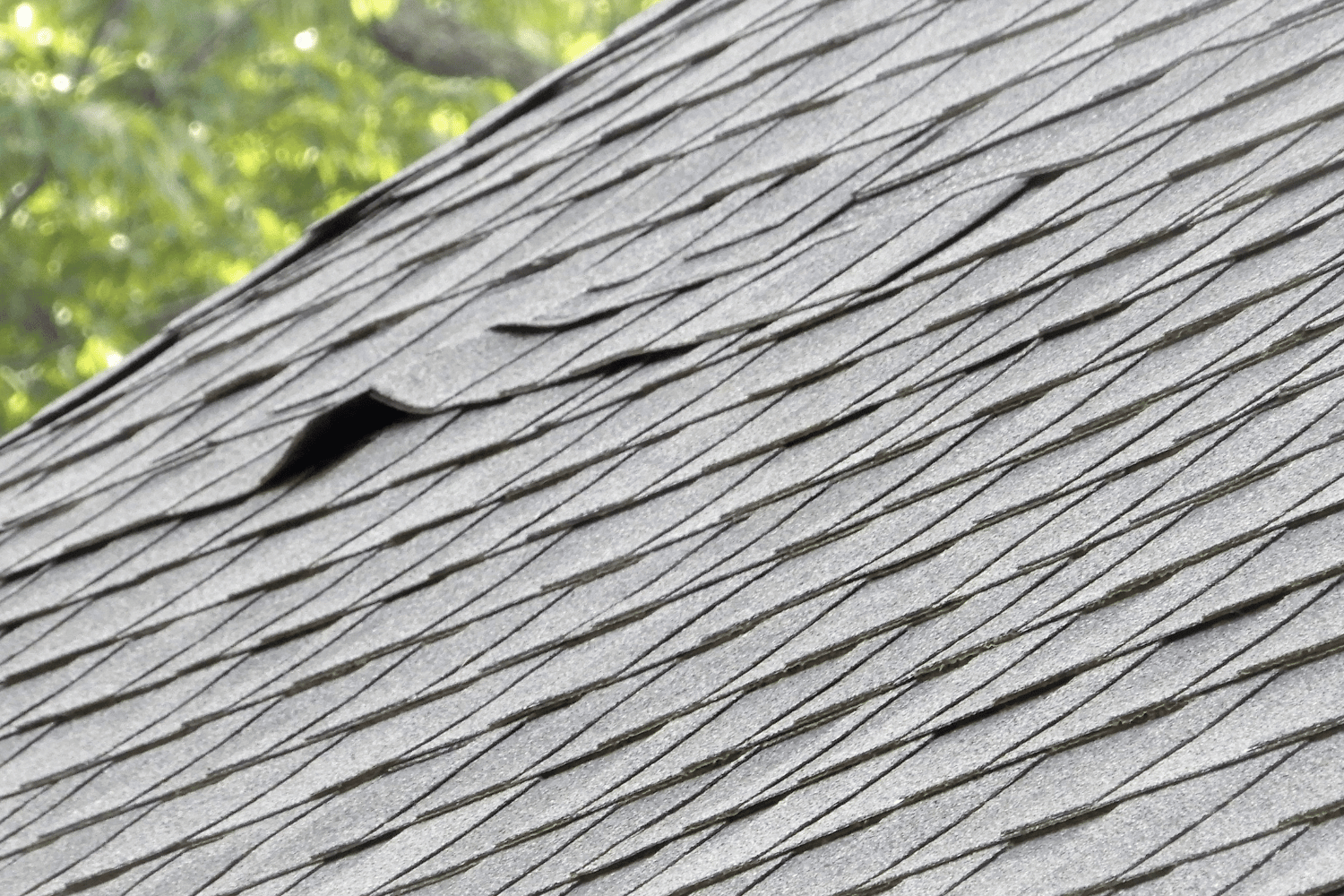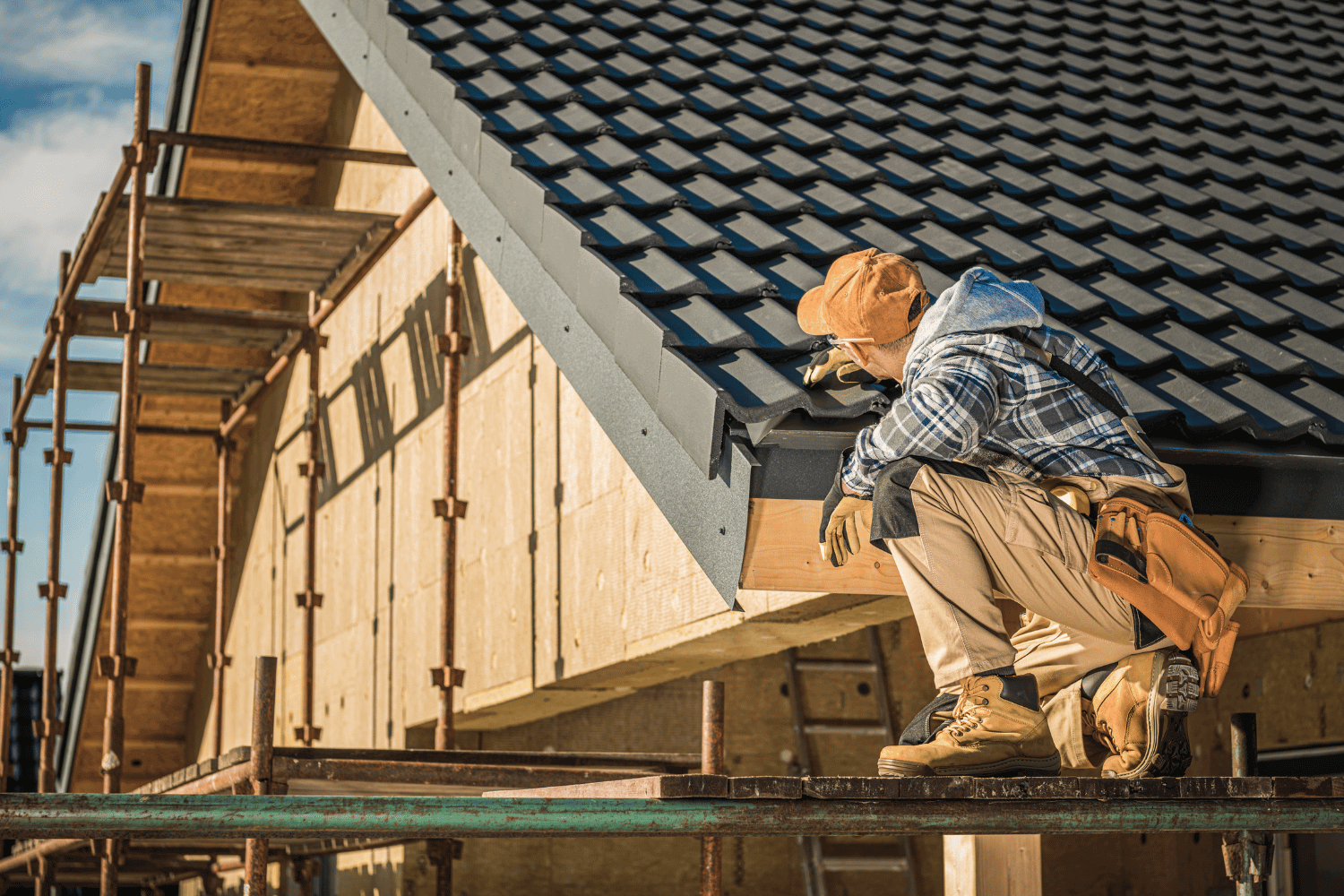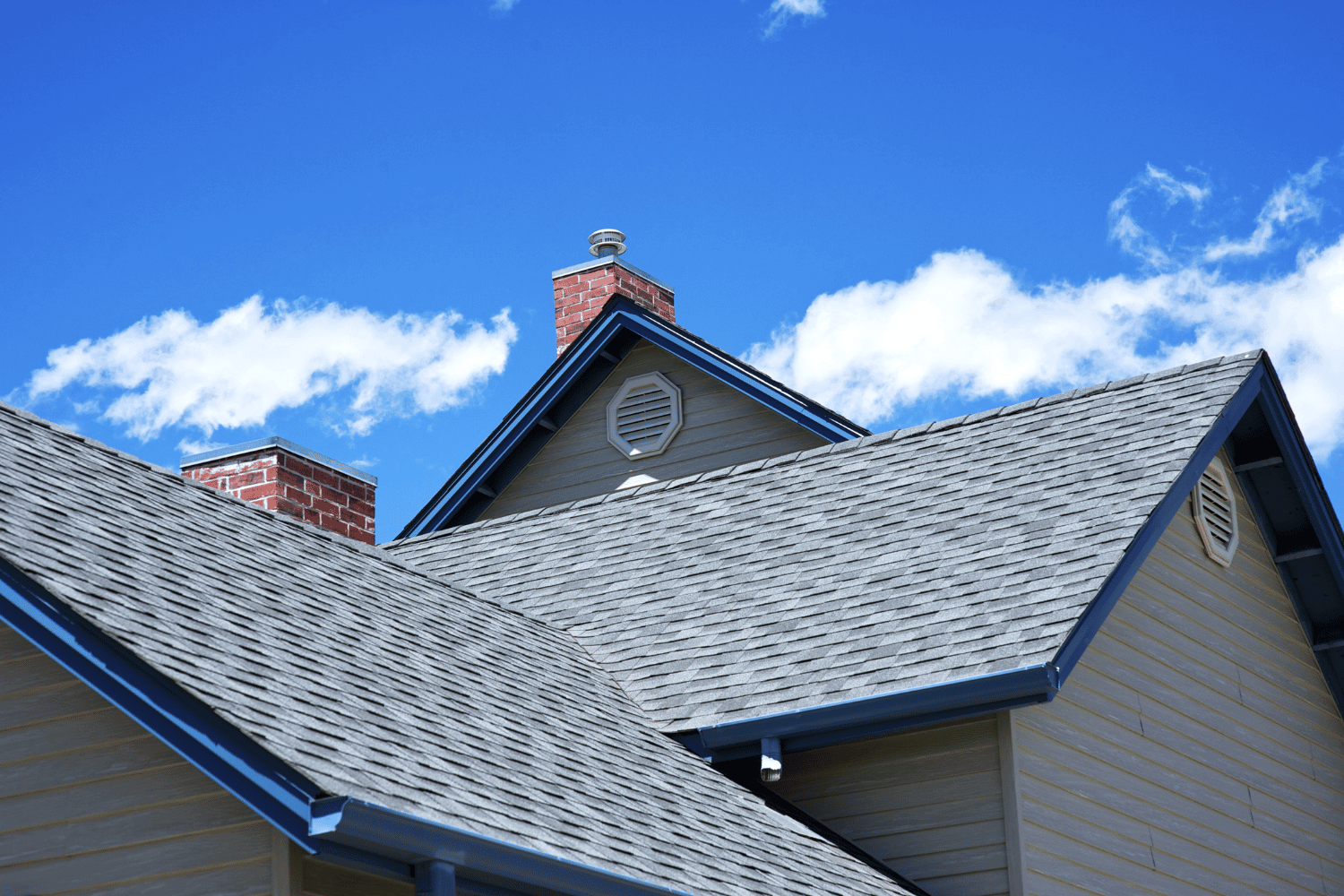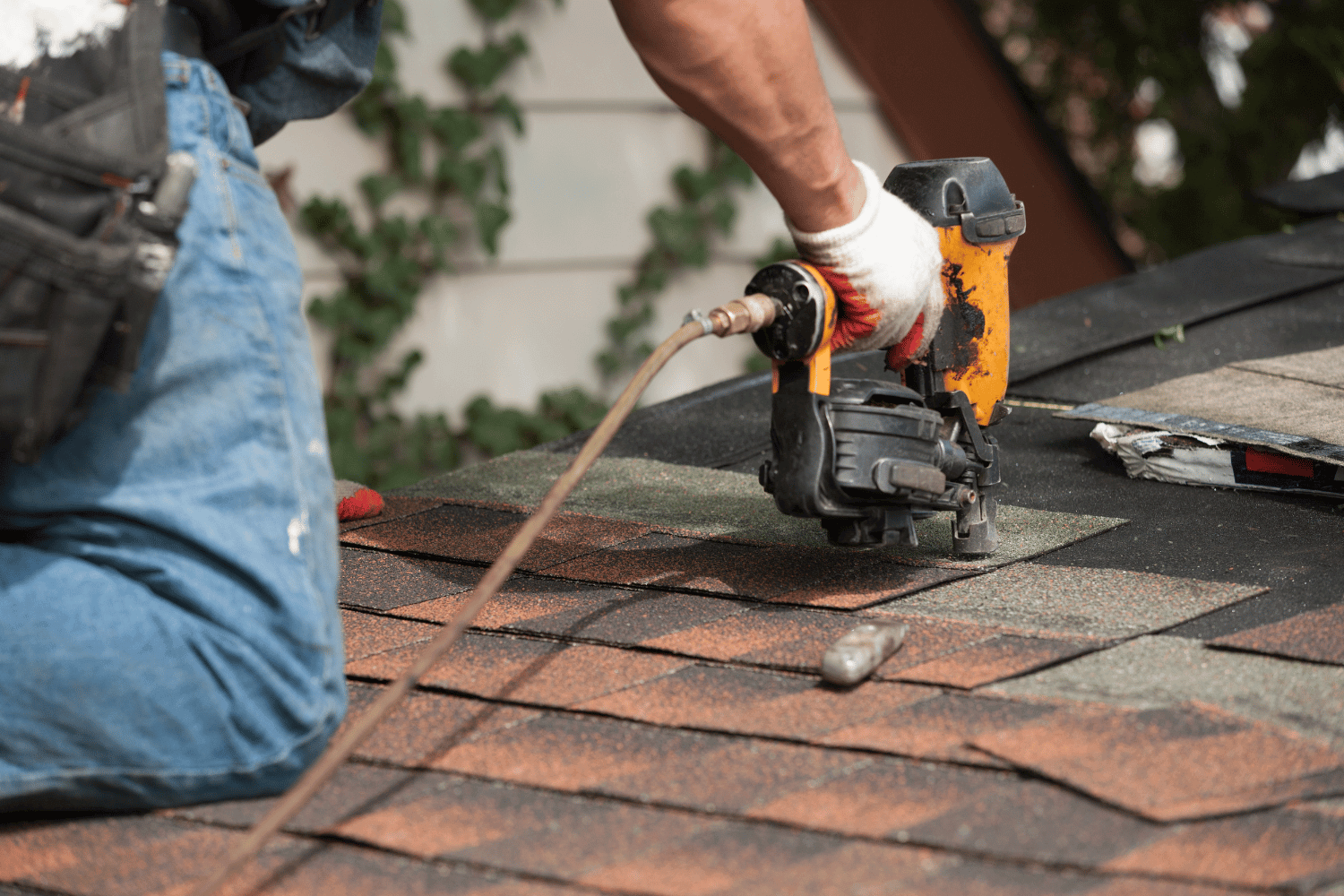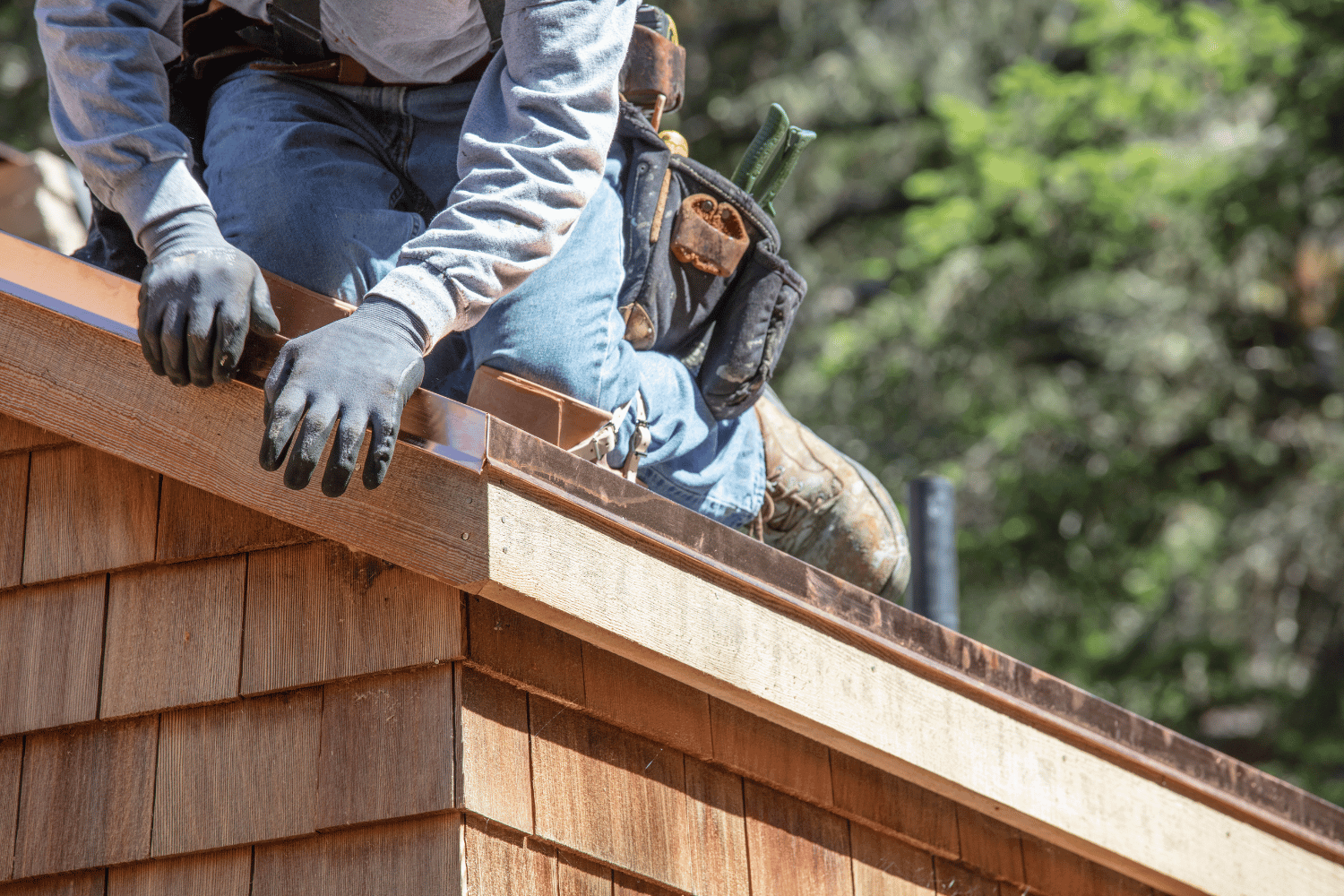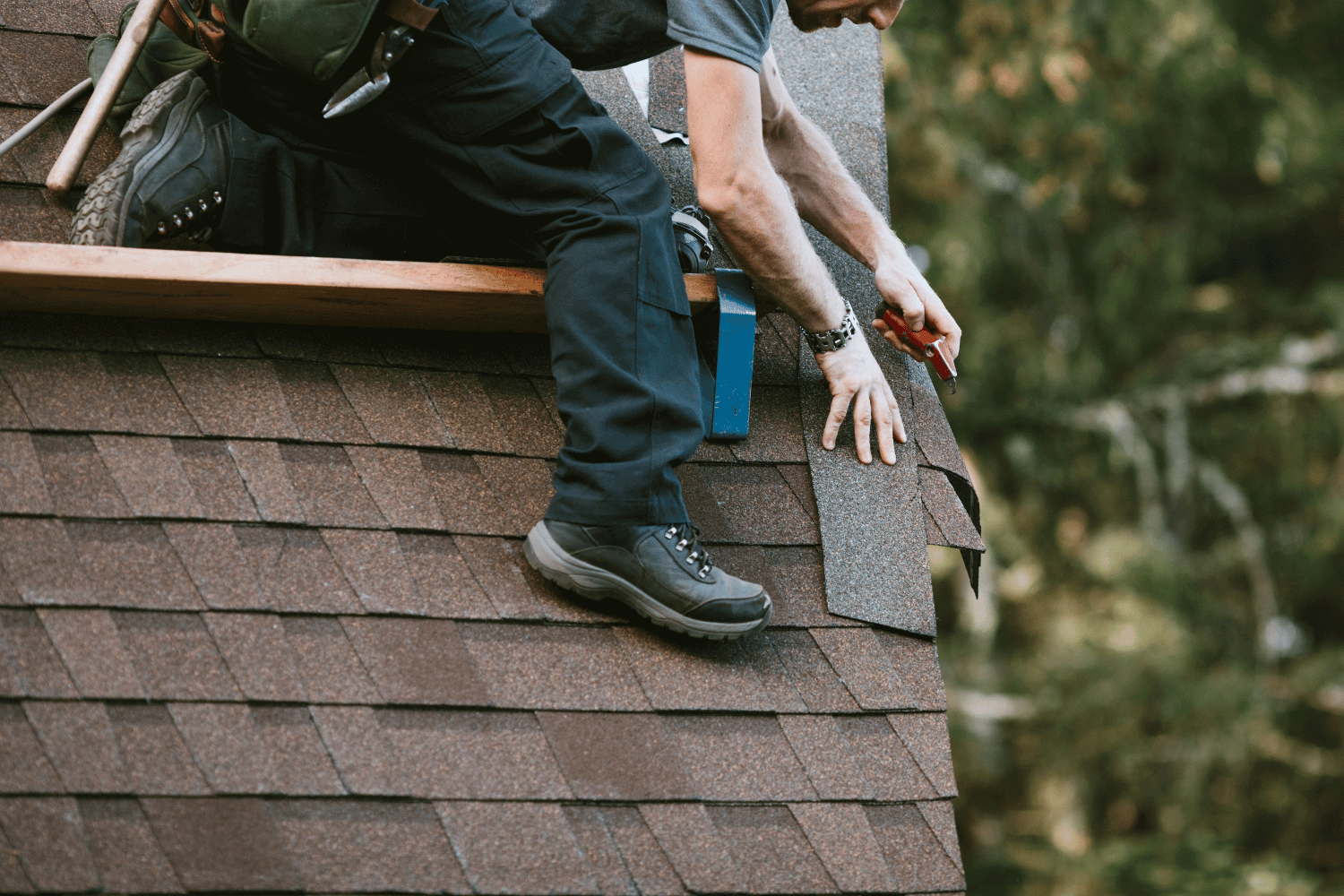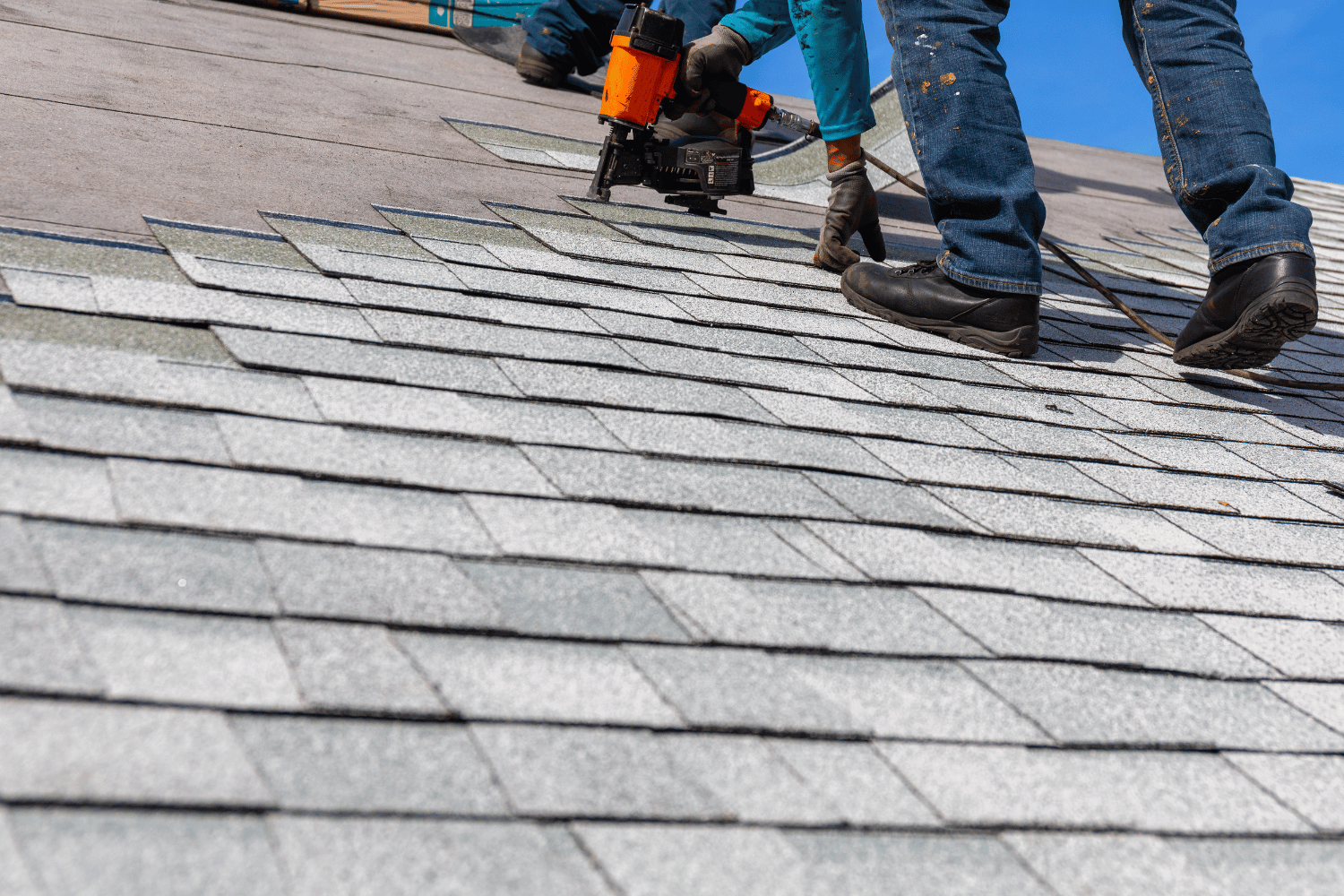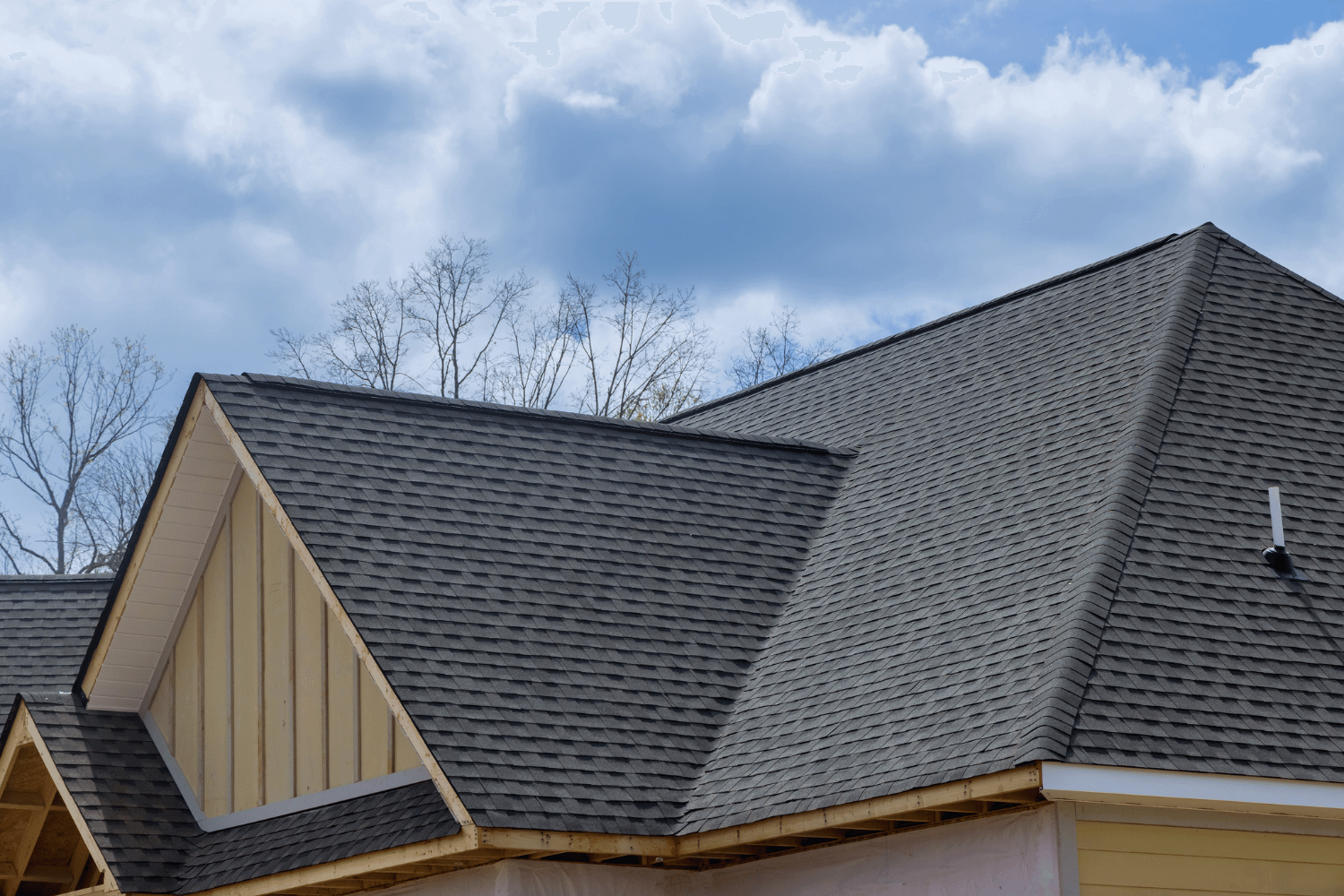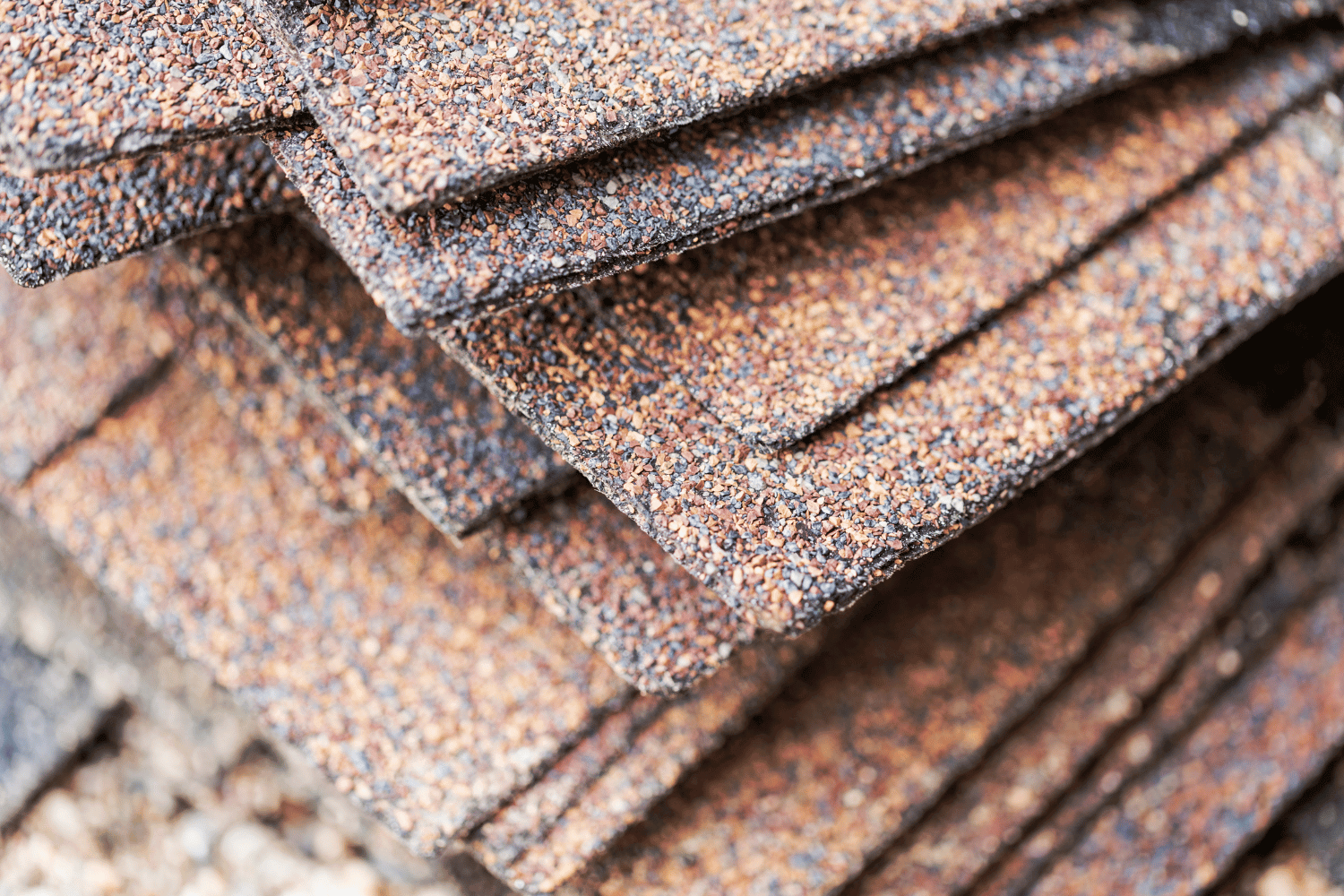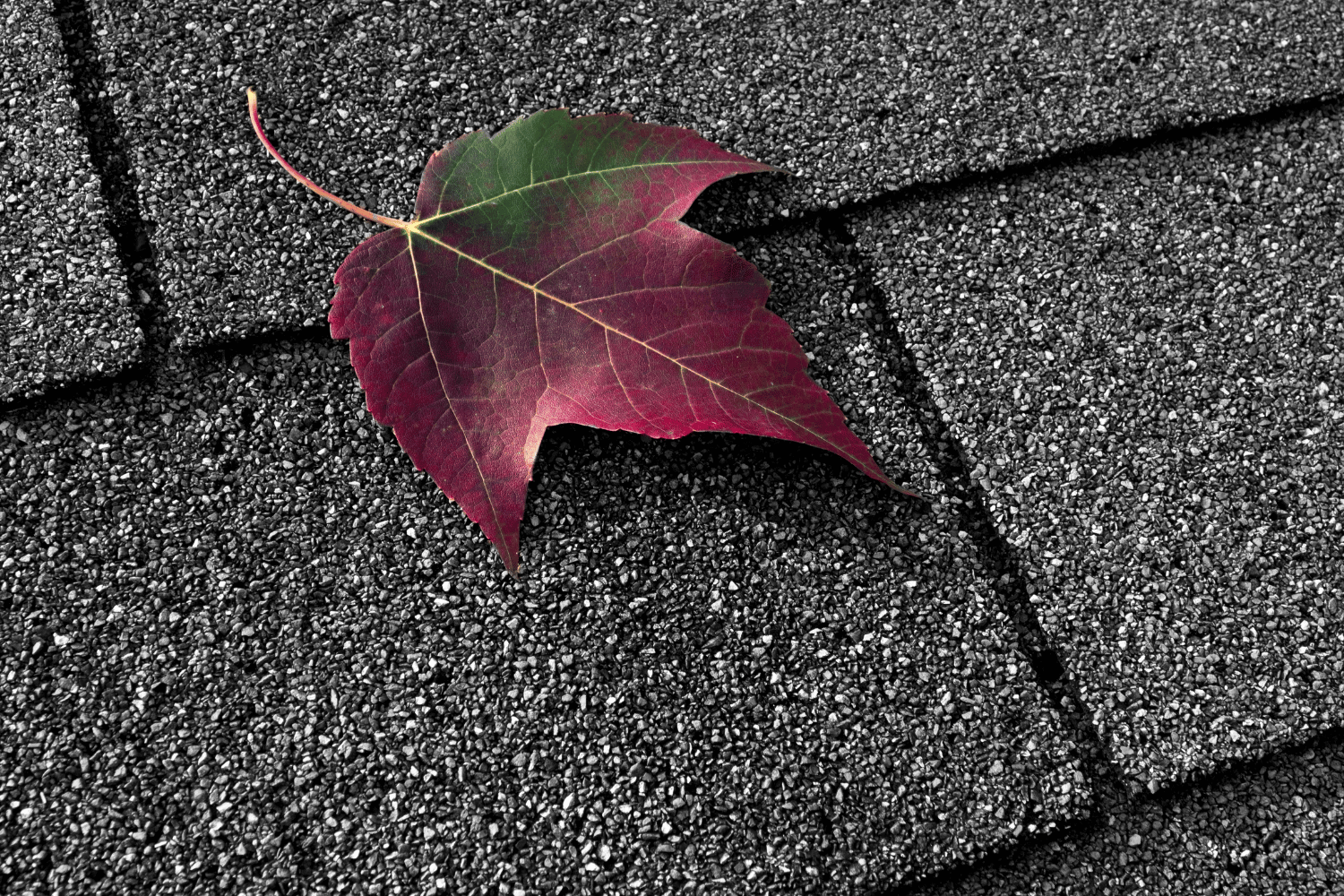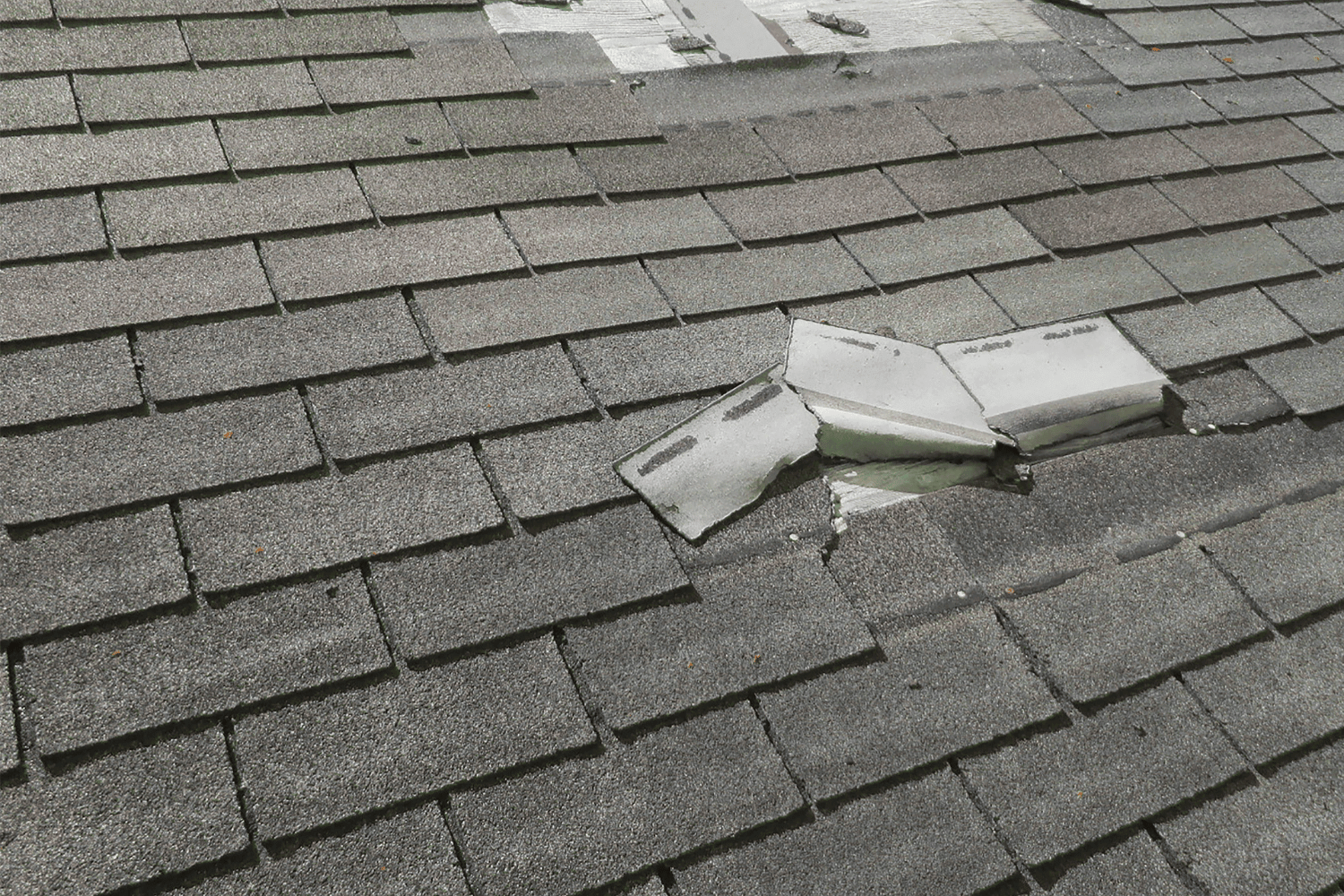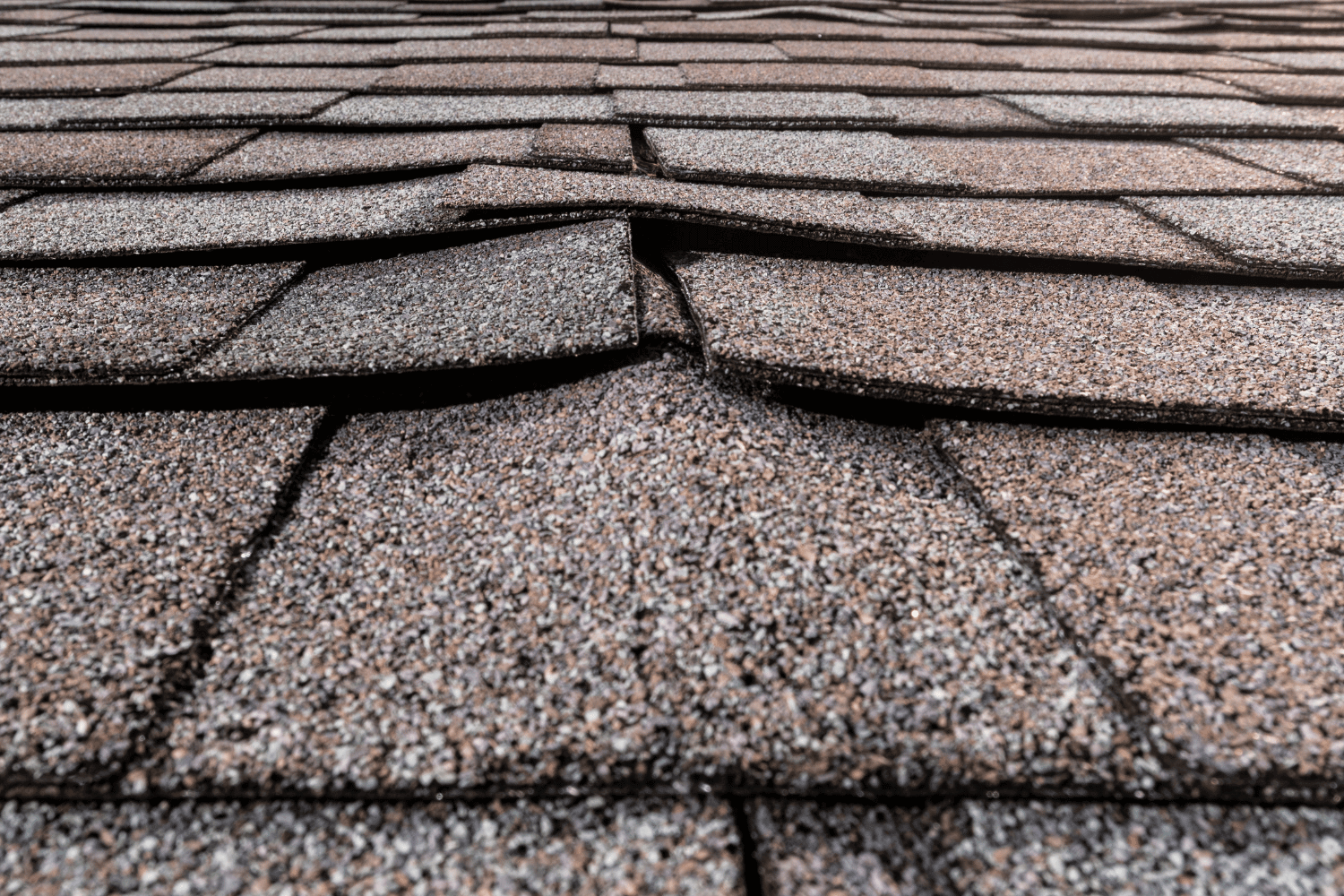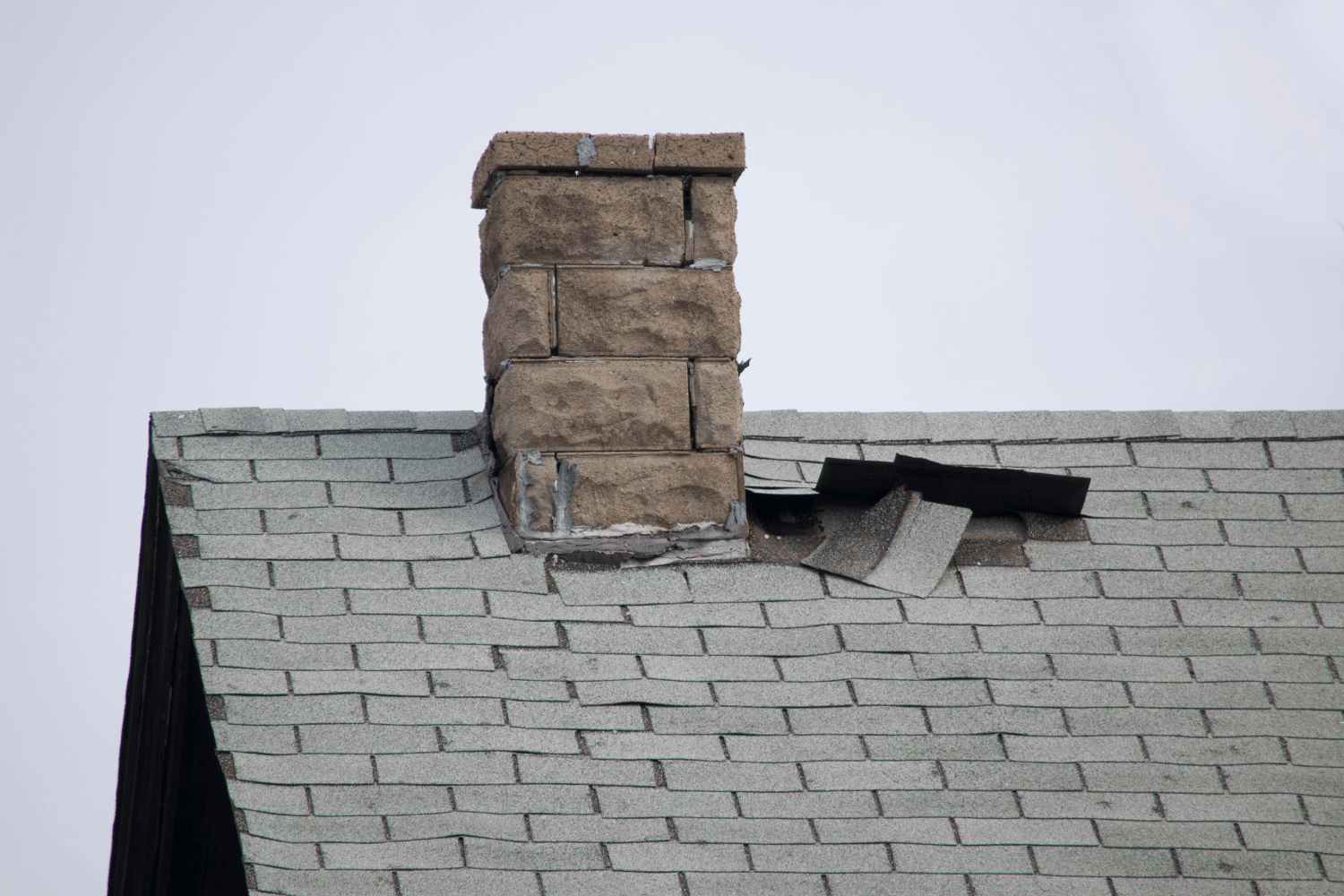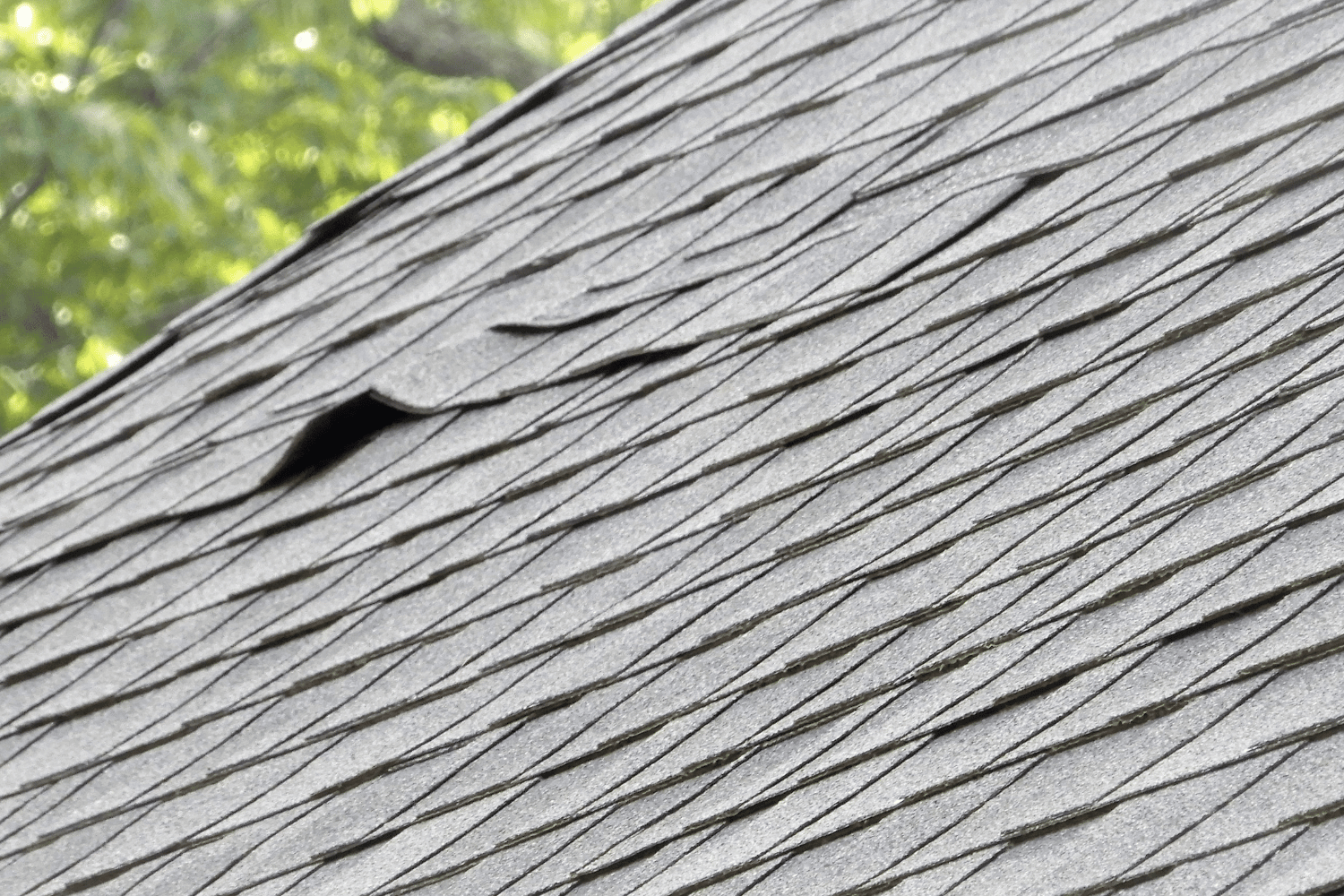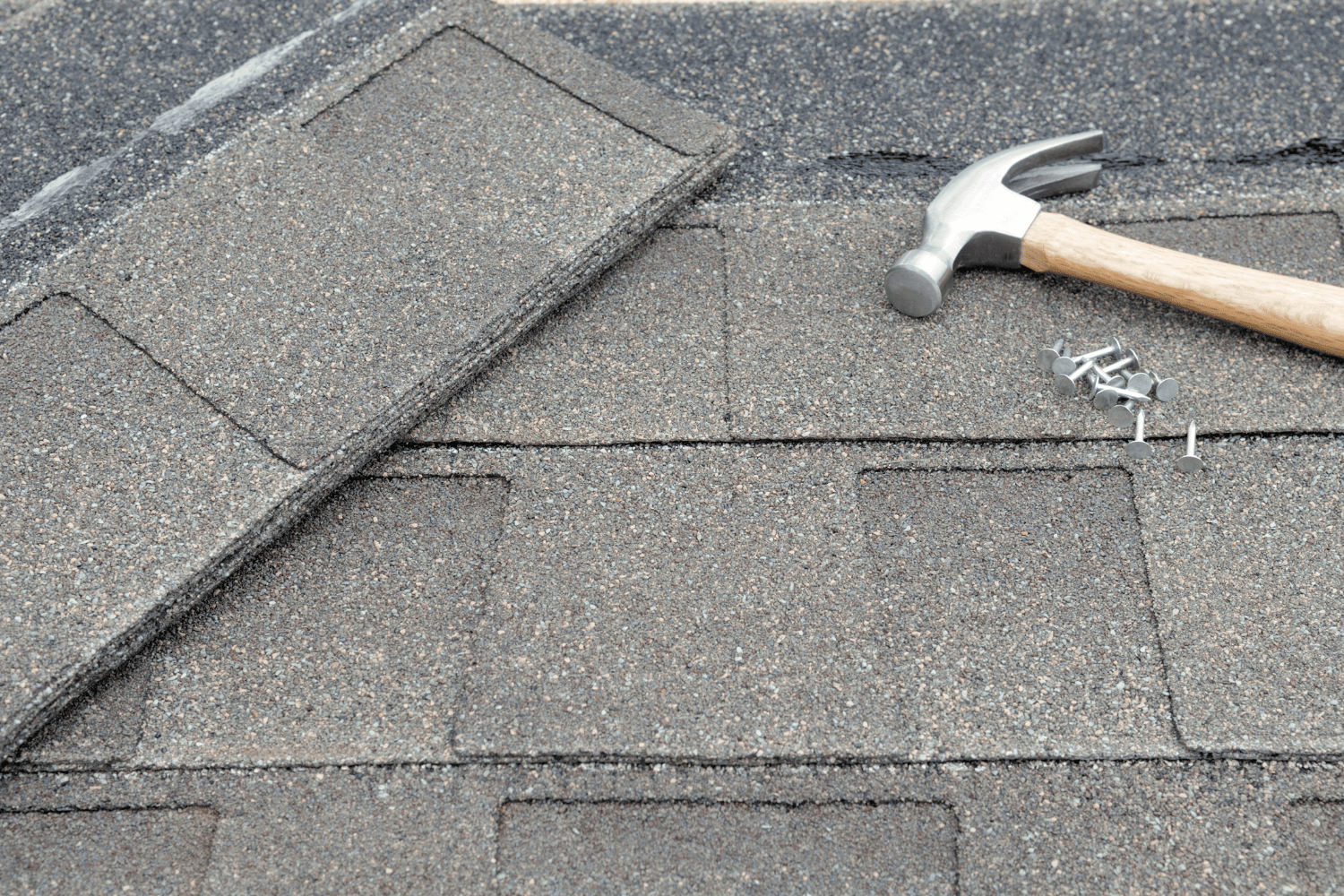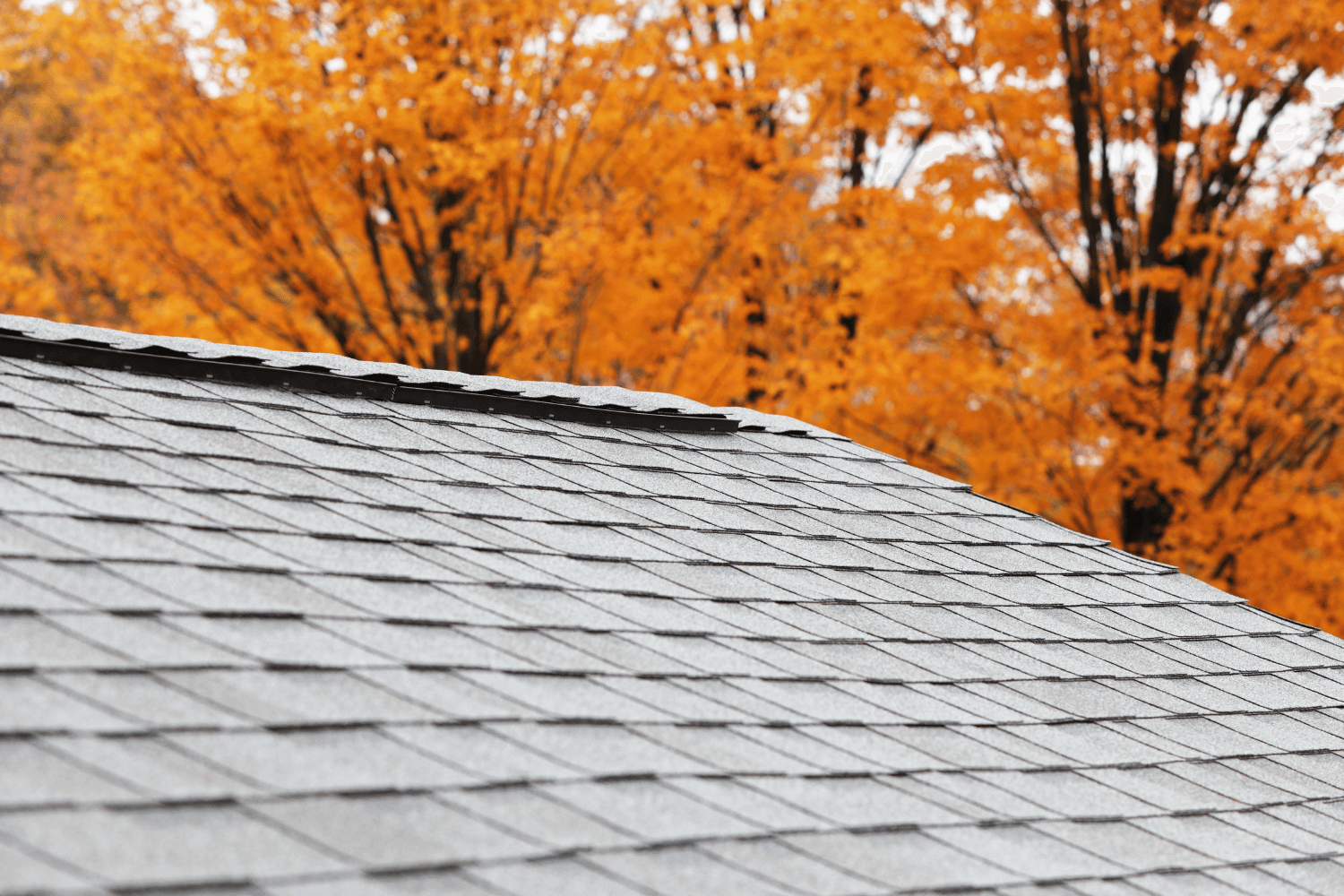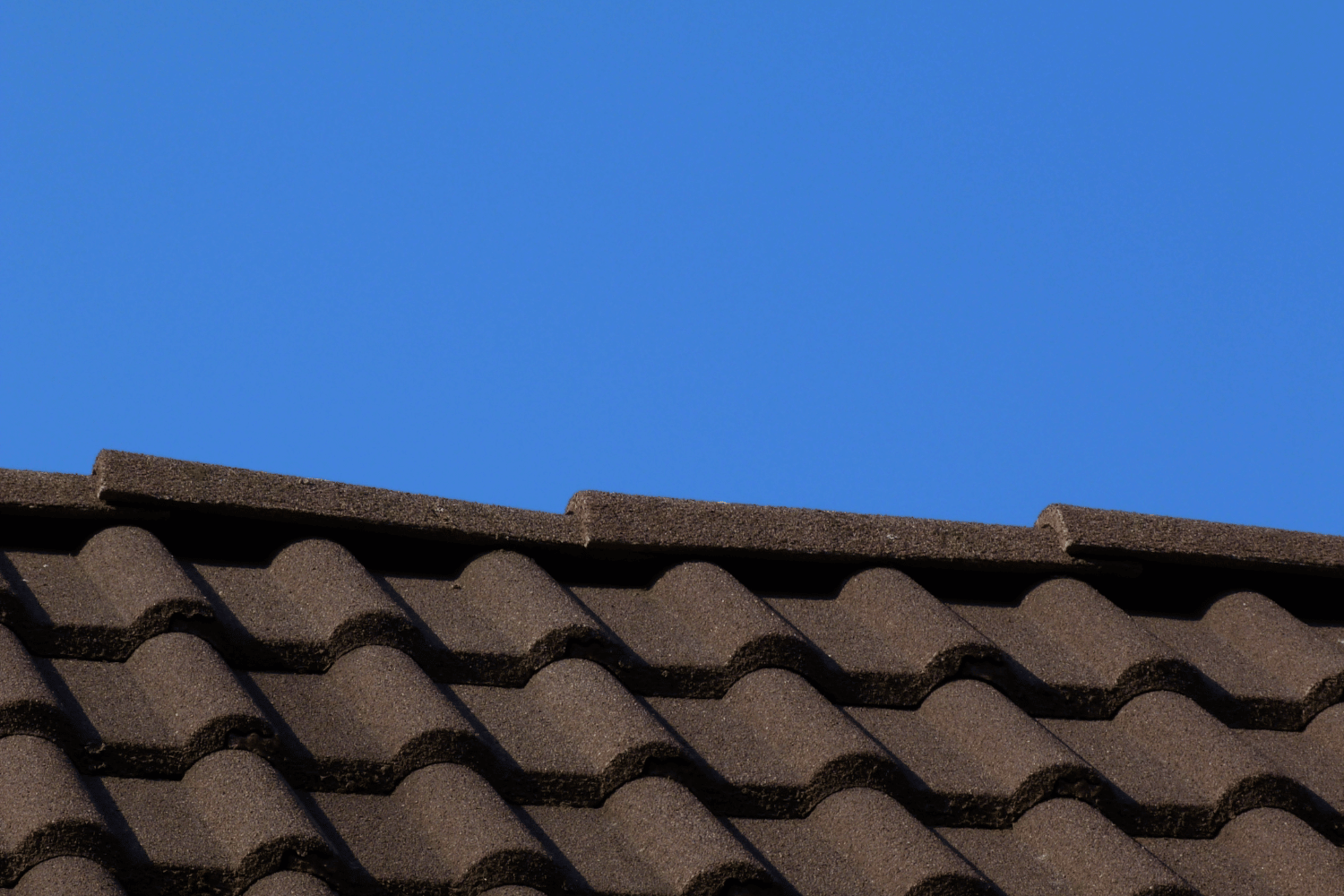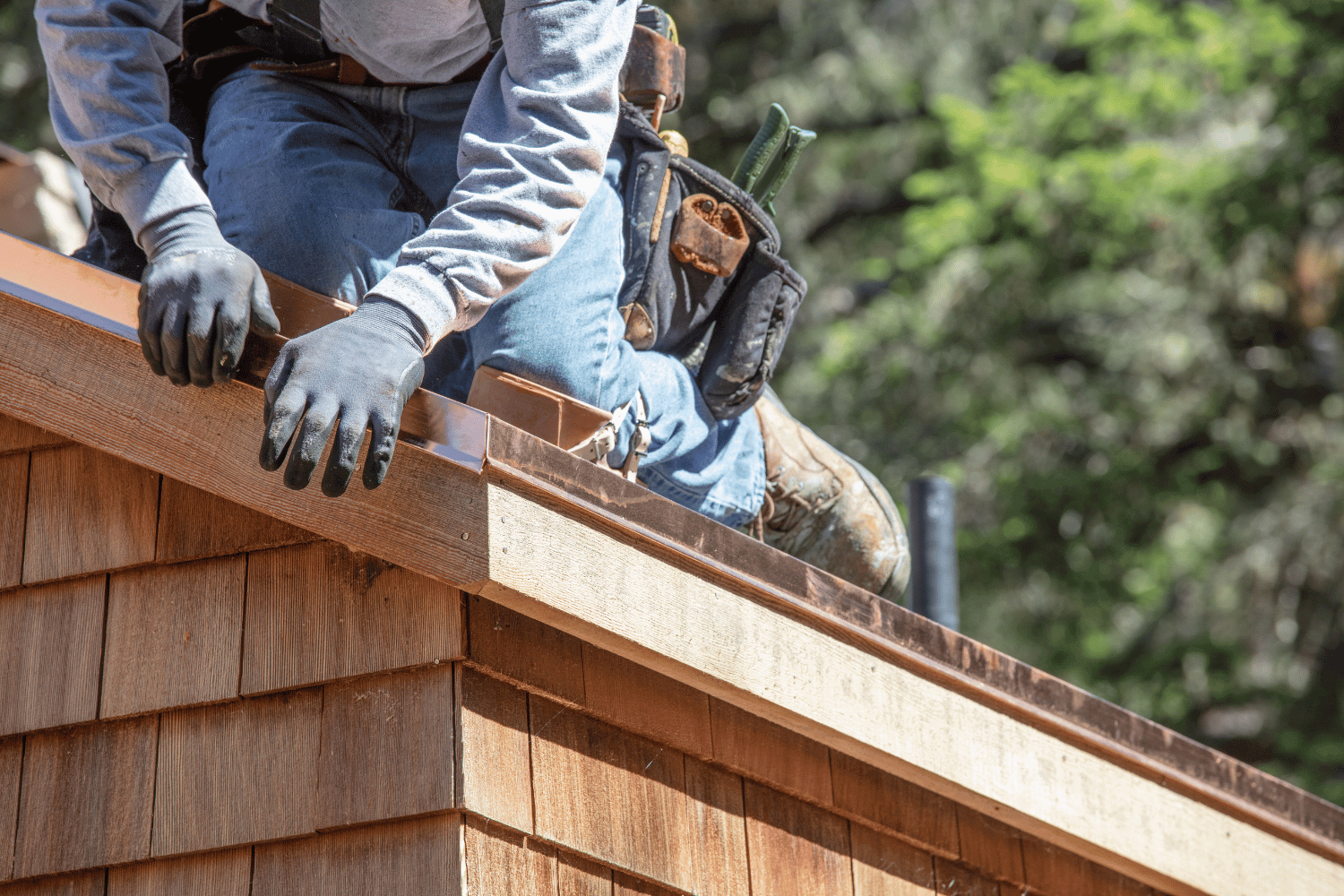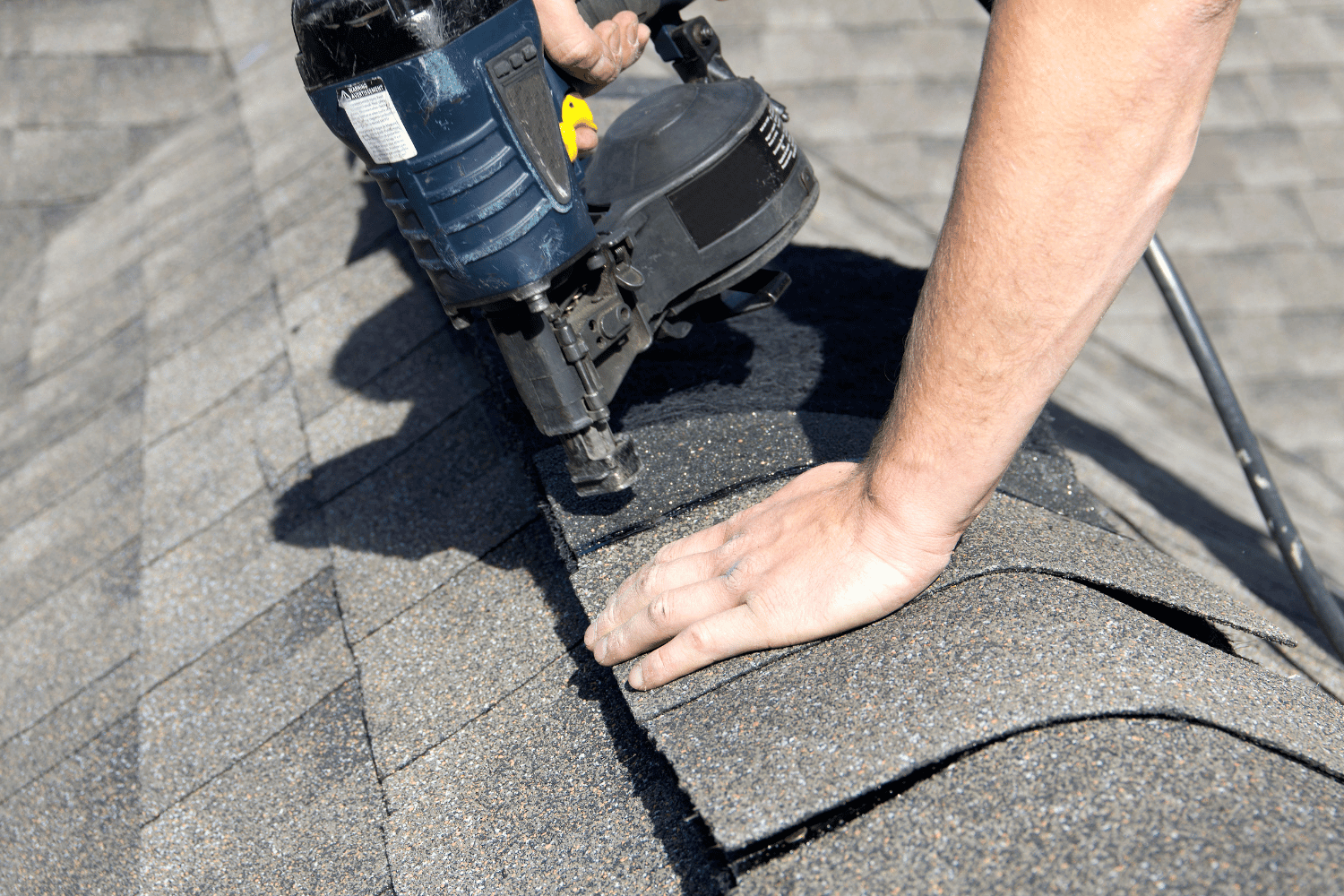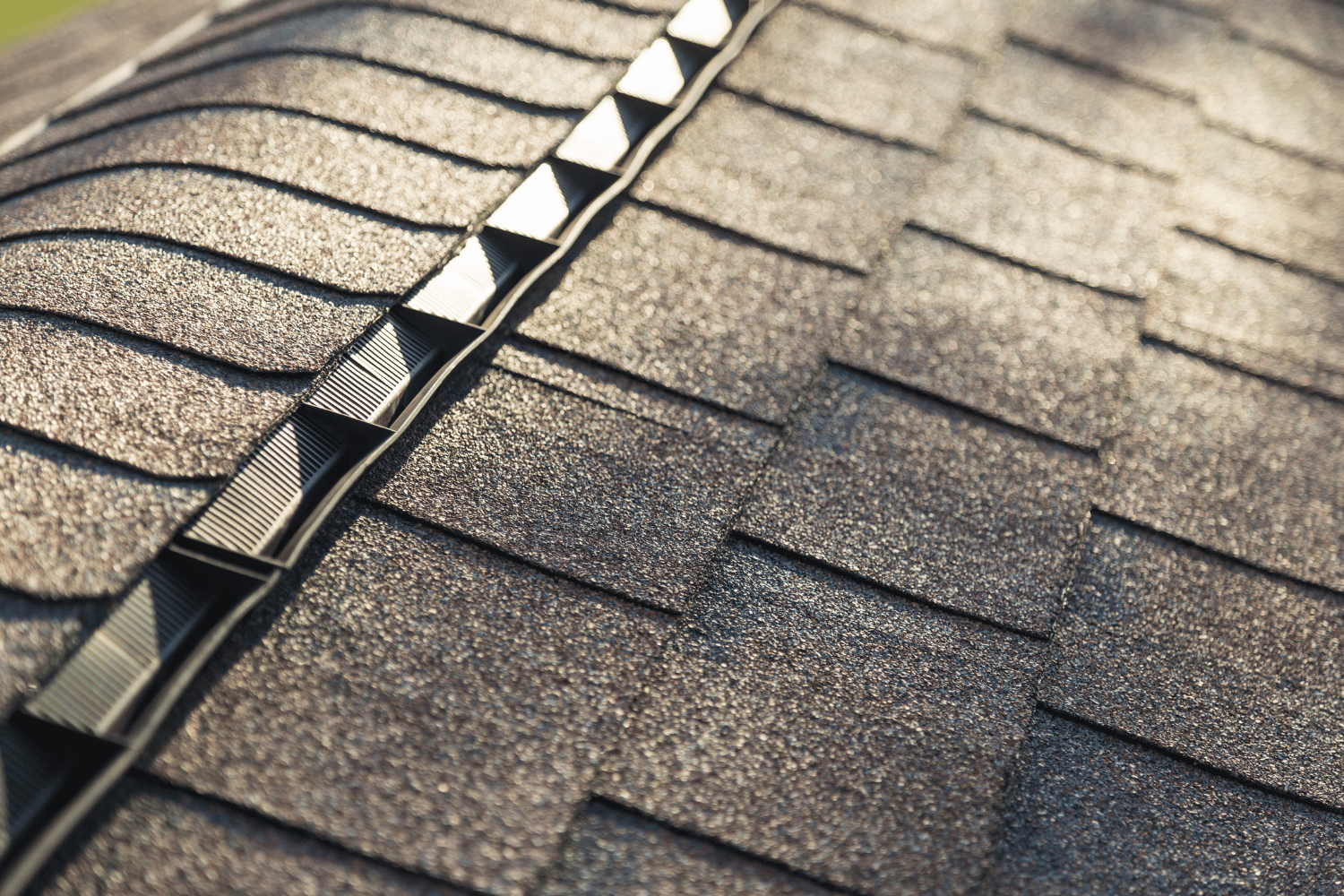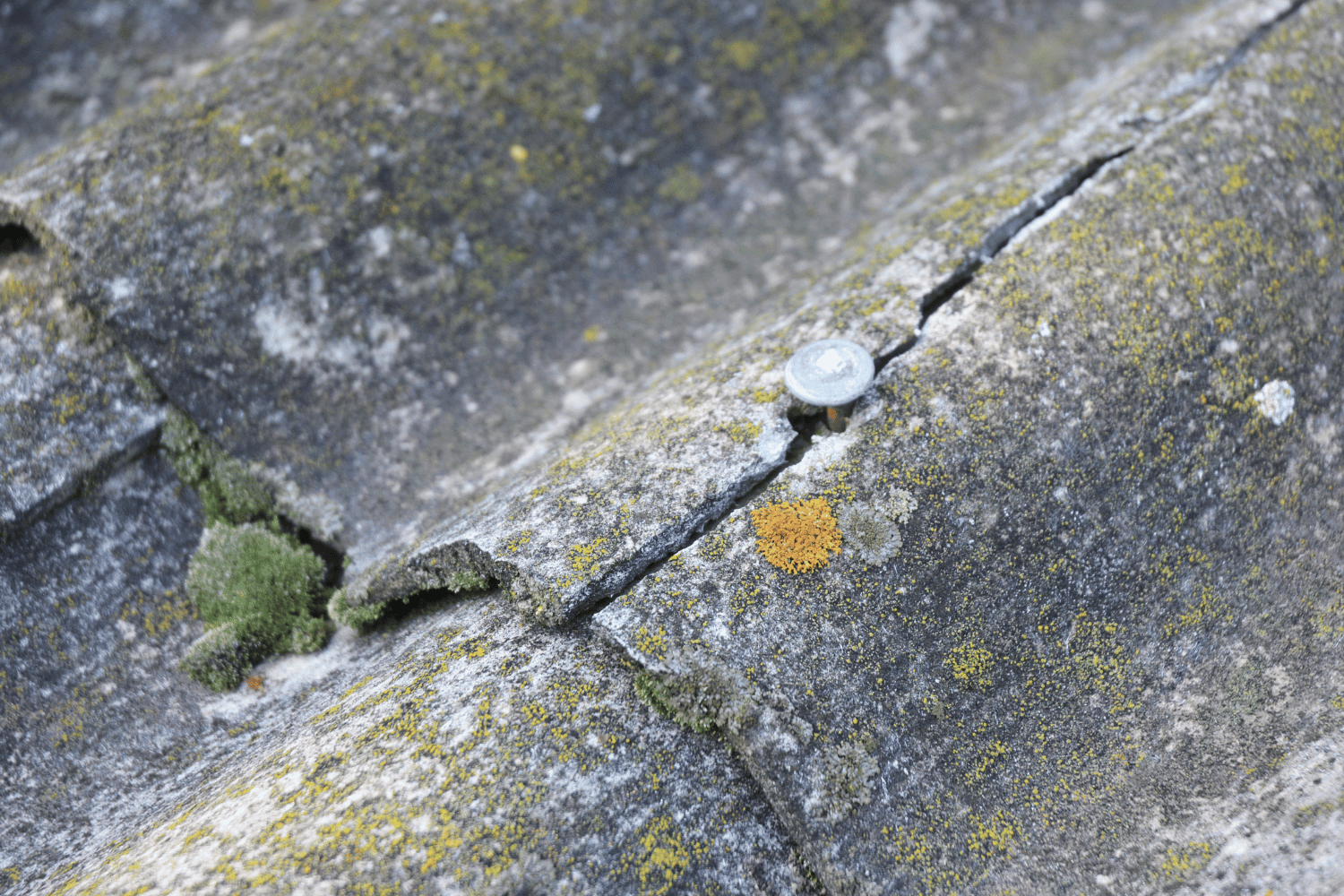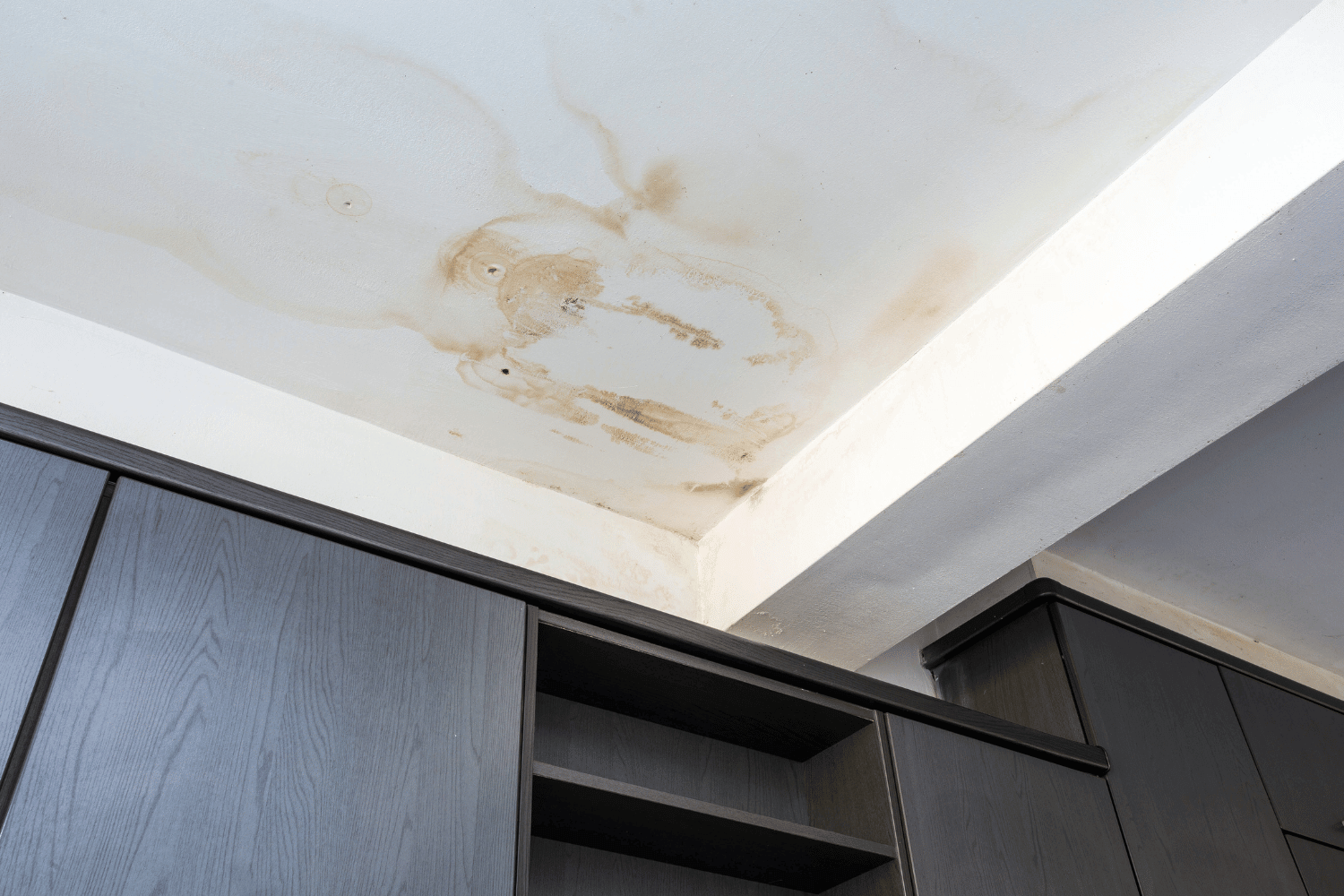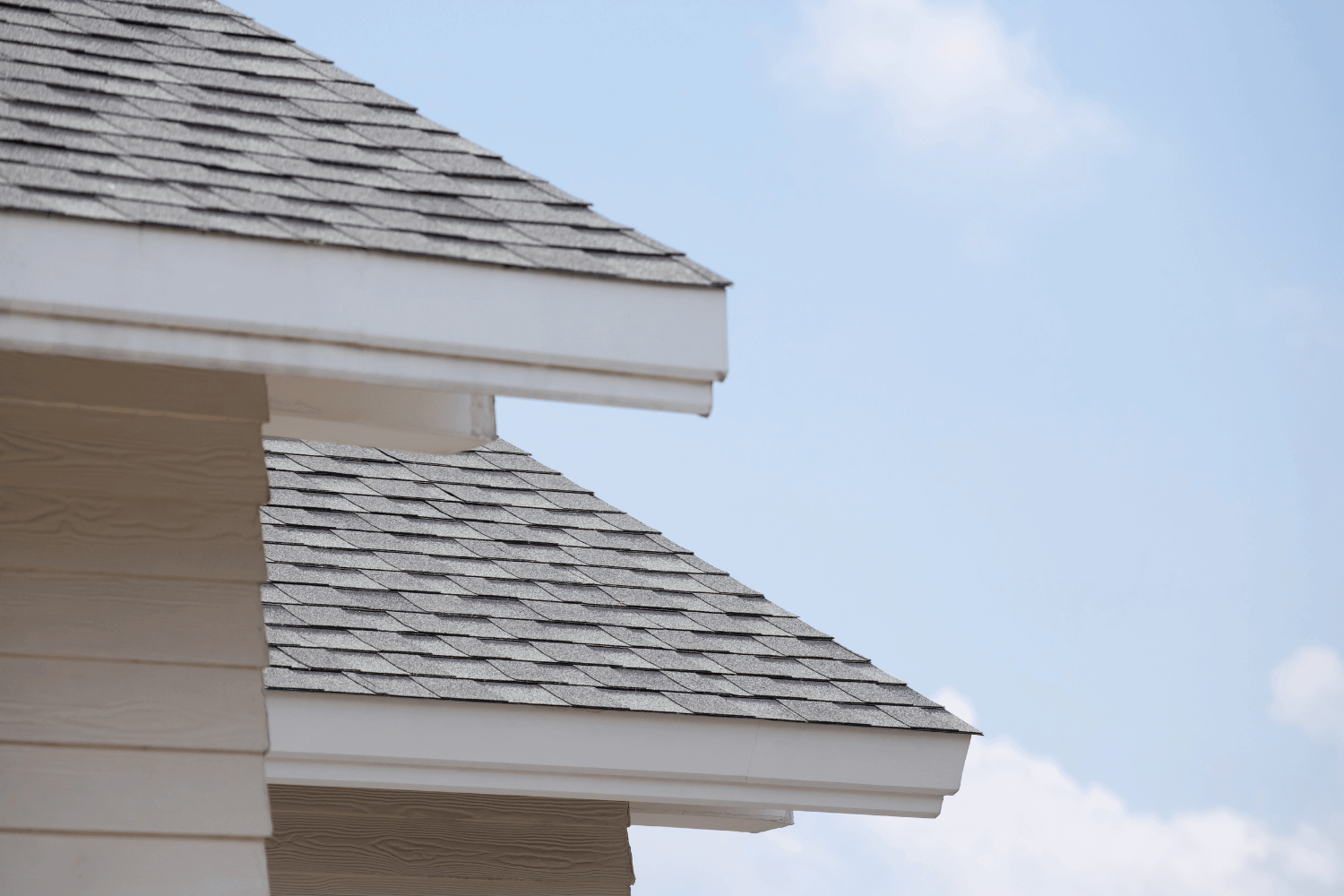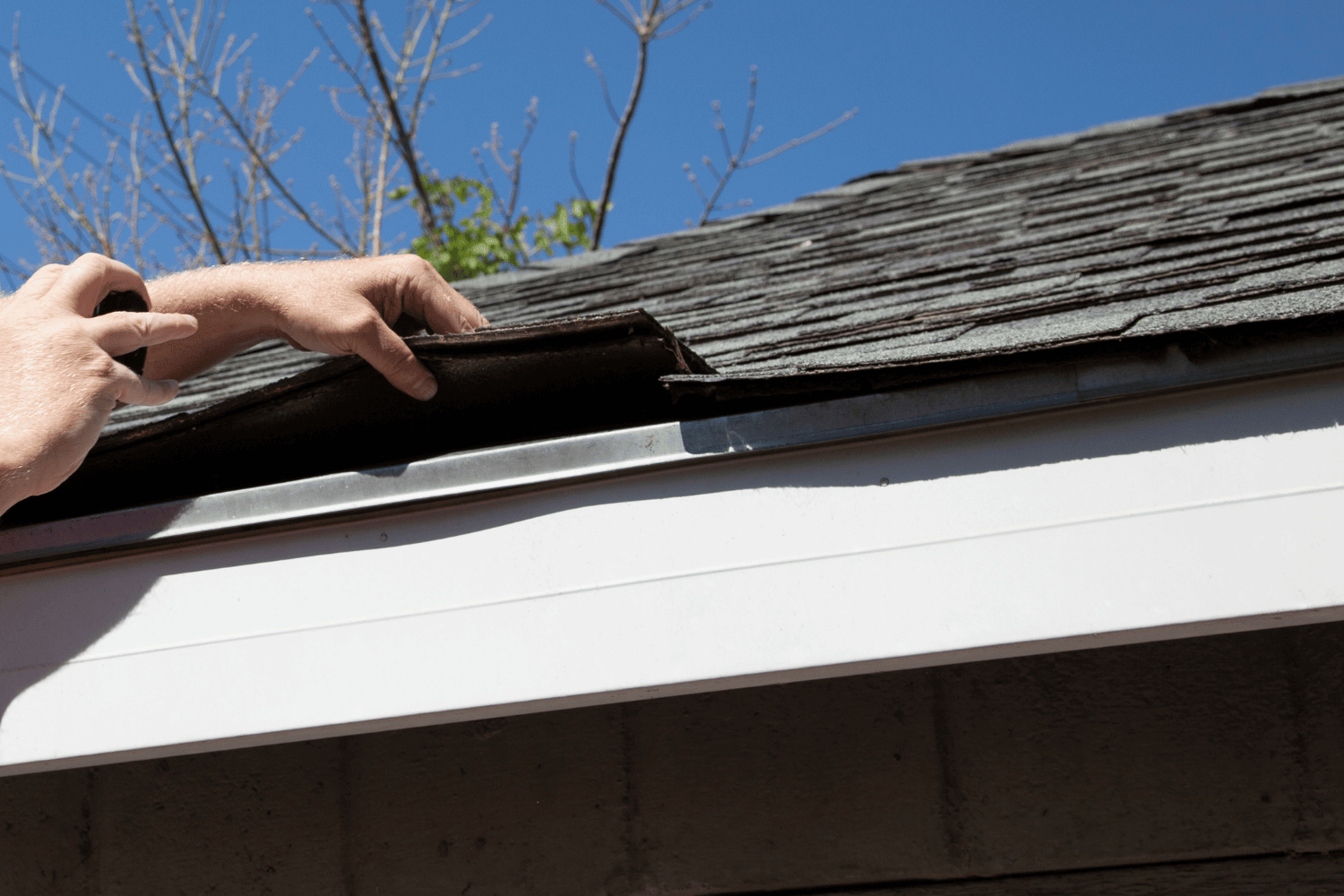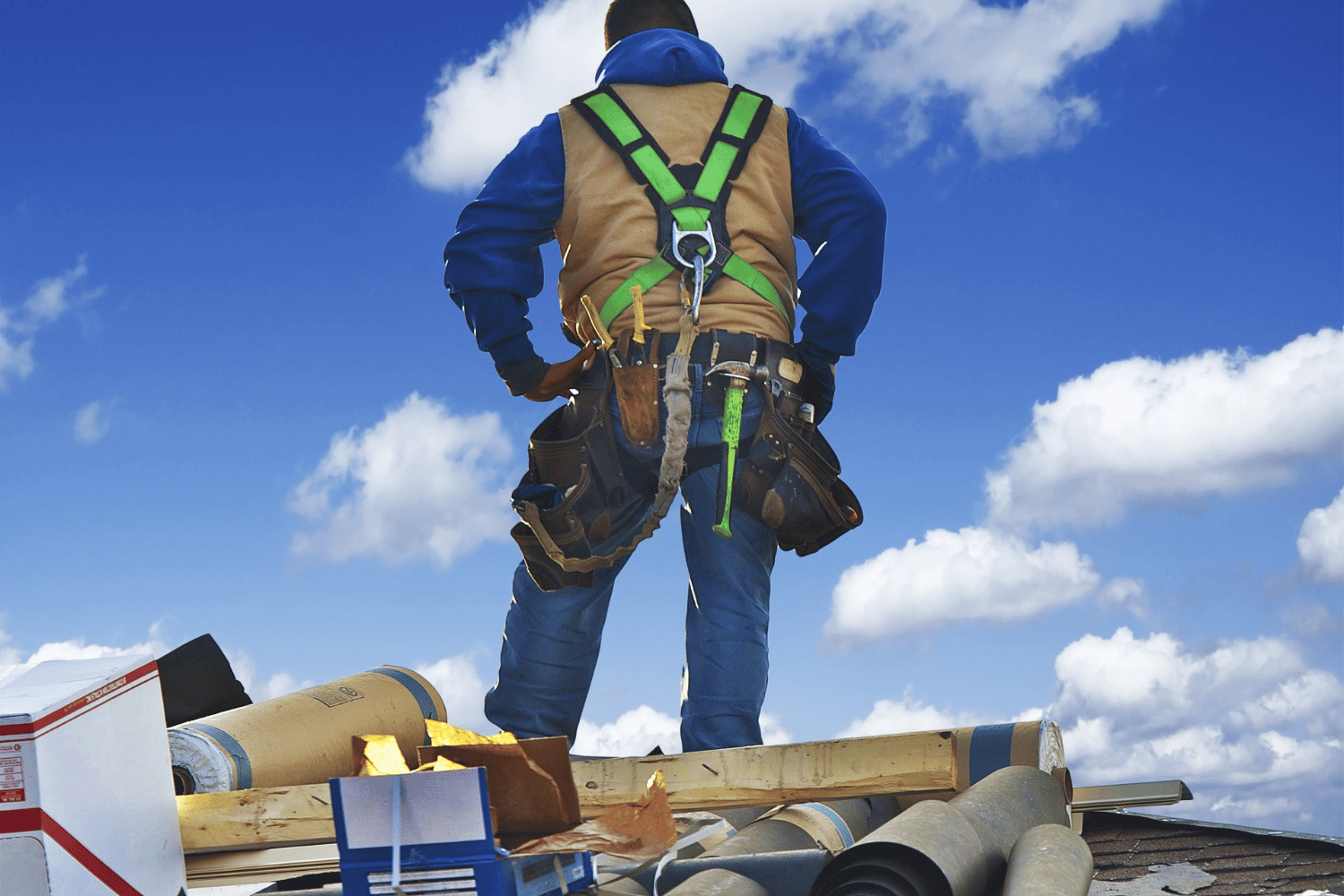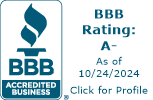Best Price for Architectural Shingles in 2024: A Comprehensive Guide
The price for architectural shingles varies, generally ranging from $400 to $600 per square. This guide will give you an in-depth look at what to expect in 2024, including factors that influence costs, material versus installation expenses, and brand price differences.
Key Takeaways
-
The cost of installing an architectural shingle roof can range from $9,000 to over $30,000, influenced by factors such as roof size, complexity, and regional pricing.
-
Architectural shingles can increase a home’s resale value by up to 10% and generally have a lifespan of approximately 30 years, making them a long-term investment.
-
Additional costs such as roof flashing, ventilation, and permits should be considered in budgeting for roofing projects, alongside the material and installation costs.
Best Price for Architectural Shingles in 2024: A Comprehensive Guide
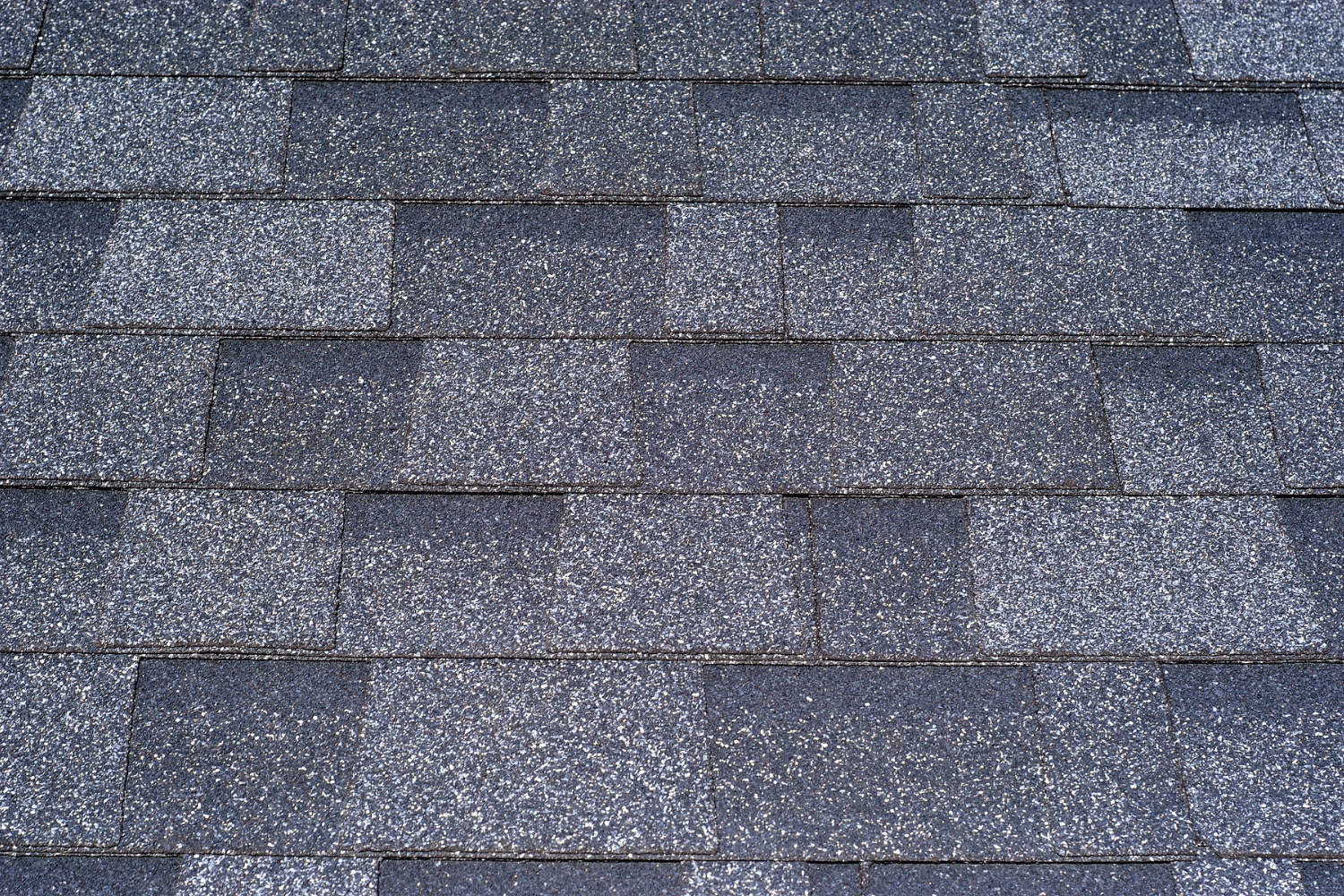
The total cost of installing an architectural shingle roof can vary widely, typically ranging from $9,000 to over $30,000. For a more focused perspective, replacing an architectural shingle roof generally costs between $7,000 and $16,000. The variation in price often depends on the size and complexity of the roofing project. On average, homeowners can expect to pay between $400 and $600 per square for these robust and visually appealing roofing materials.
With a lifespan of approximately 30 years, architectural shingles represent a significant, long-term investment in your home’s future.
Introduction
Architectural shingles are not just a roofing material; they are an investment that can boost a home’s value by up to 10%. This increase in resale value makes them a popular choice among homeowners. When selecting roofing shingles, several factors need to be considered: budget, aesthetic preferences, durability, and specific roofing needs.
Understanding the pricing dynamics of architectural shingles is crucial for making an informed investment decision. This guide aims to provide comprehensive insights into these aspects, ensuring you are well-prepared for your roofing project.
Understanding Architectural Shingles Pricing
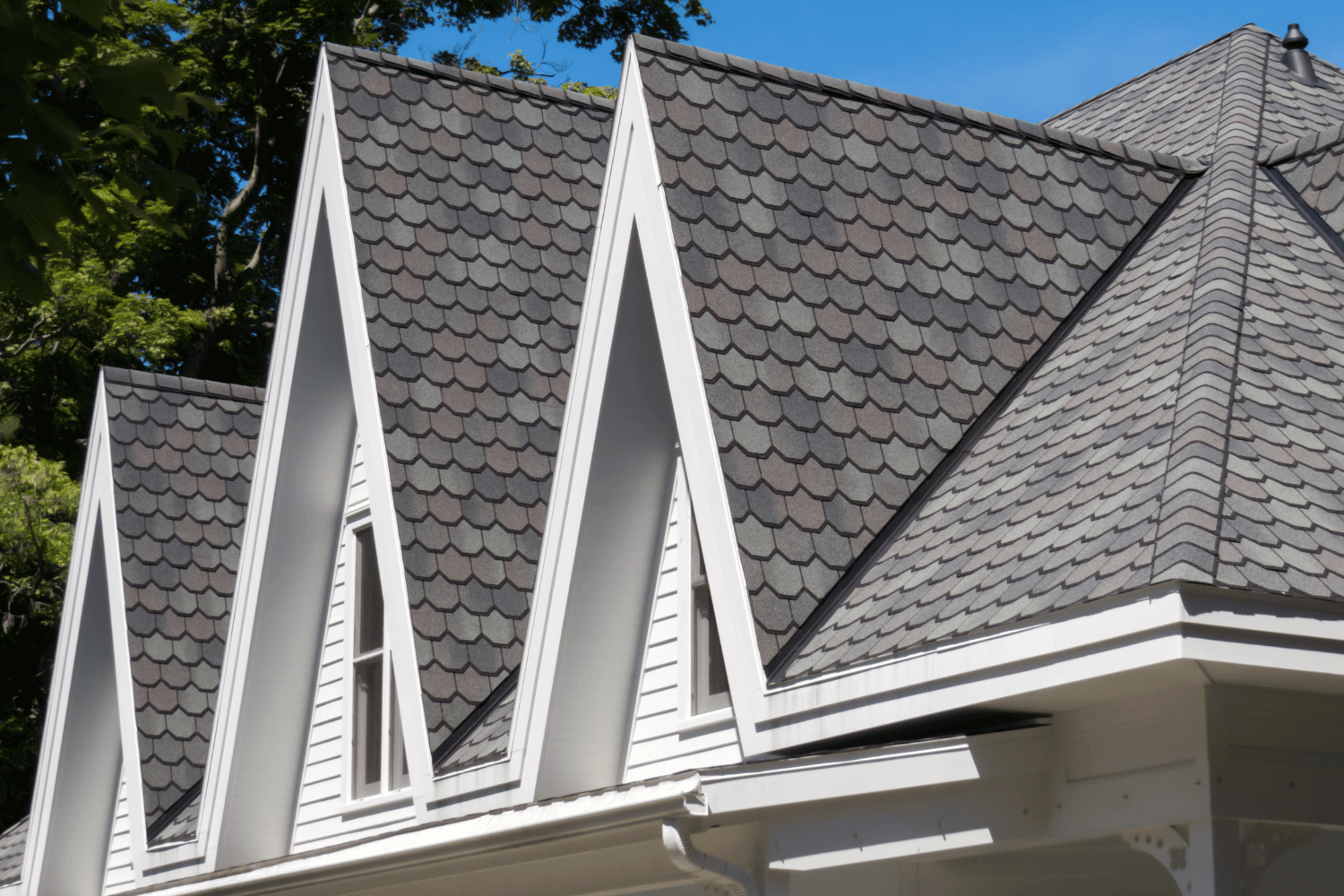
The cost of architectural shingles can be influenced by various factors, including the type of shingles chosen, the size and complexity of the roof, and regional pricing differences. Homeowners typically find that the pricing for architectural shingles can range significantly, making it essential to shop around and compare options.
Understanding these factors helps you anticipate roofing costs and make decisions that align with your budget and needs.
Cost of Architectural Shingles per Square Foot
The cost of architectural shingles per square foot varies widely, typically ranging from $2.50 to $10 per square foot. For an average roof size of 2,000 square feet, the cost can be anywhere from $5,000 to $20,000, depending on the specific type of shingles chosen.
Basic 30-year architectural shingles usually cost about $5 to $6 per square foot, while designer or specialty shingles, such as those with hail protection, can cost between $8 and $15 per square foot. The overall material cost for a 2,000-square-foot roof averages around $11,300, with total costs, including labor, often reaching about $18,000.
Price Variations by Brand
Different brands can significantly influence the cost of architectural shingles, with prices for similar products varying widely. For example, GAF Timberline shingles are priced between $100 and $160 per square, while Owens Corning Duration shingles typically range from $90 to $125 per square.
Bulk buying can also affect costs, with GAF Timberline HDZ Laminated shingles priced at $35.97 to $39.97 per bundle in bulk. Understanding these variations is crucial when budgeting for your roofing project to ensure you get the best value for your money.
Material Costs vs. Installation Costs
When installing architectural shingles, material costs and labor costs are both significant components of the total expenditure. Typically, labor costs account for 50% to 60% of the total cost, with the average labor cost per square ranging from $300 to $350. This means that for a complex roof design, the installation costs can escalate, sometimes reaching up to $7 per square.
While the upfront cost of architectural shingles is generally higher, their longer lifespan can make them a more economical choice over time.
Factors Influencing Architectural Shingles Cost
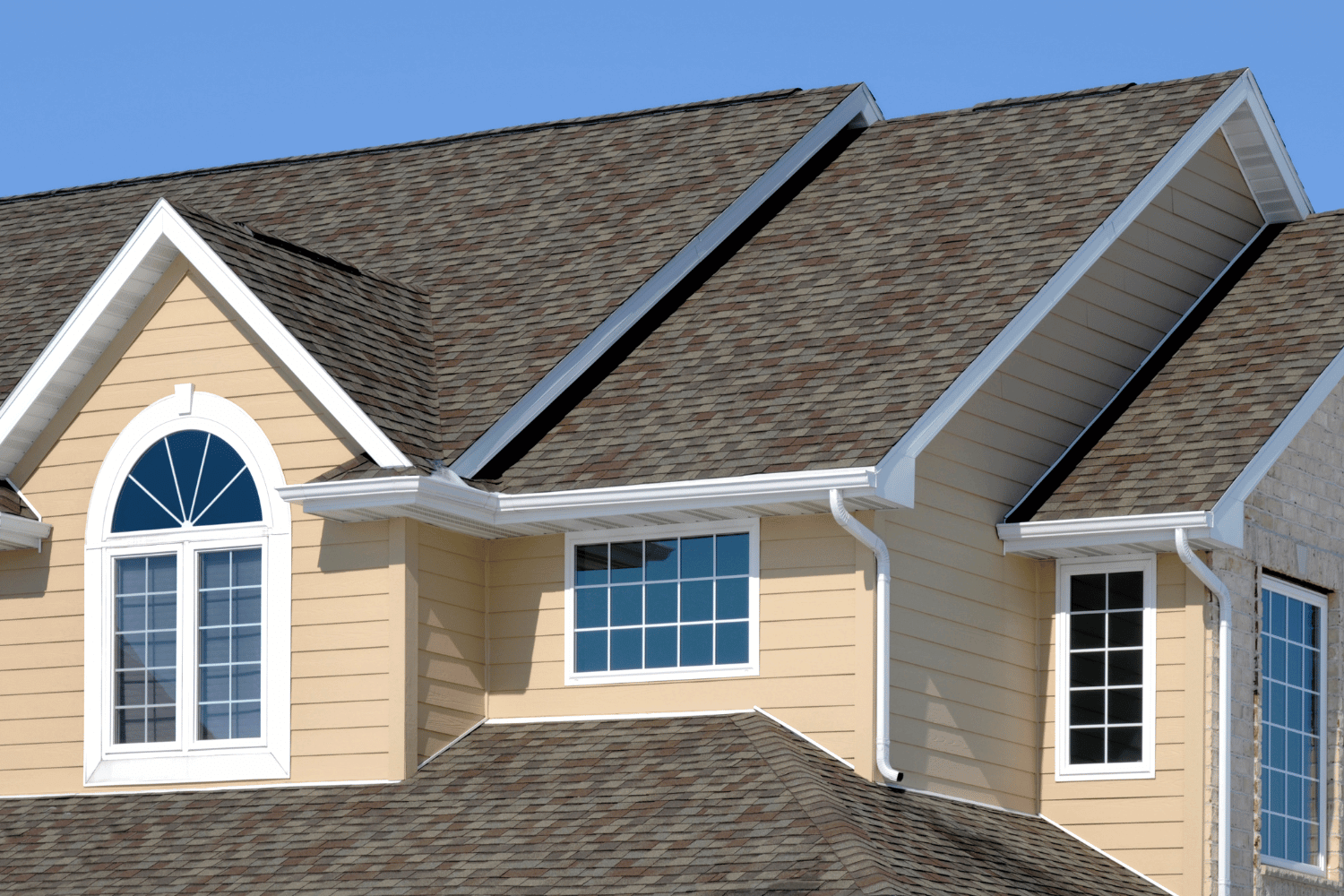
Several factors influence the cost of architectural shingles, including roof size, regional pricing, and labor costs. The size and complexity of your roof will significantly impact both material and labor costs. Additionally, geographic location can cause price variations due to differences in labor rates and material availability.
Understanding these factors helps in planning and budgeting for your roofing project.
Roof Size and Complexity
The size and complexity of your roof play a crucial role in determining the overall cost of installing architectural shingles. Larger roofs require more materials, which naturally increases expenses. As the size of the roof increases, the associated material costs rise as well. In addition, labor hours and overhead costs also increase.
Additionally, if there’s a need to replace damaged roof decking, this can add $2 to $5 per square foot to your project. Even the removal of an old shingle roof can incur extra charges of $1 to $3 per square foot.
Regional Price Differences
Regional price differences can significantly impact the cost of installing architectural shingles. Labor and material pricing can vary widely based on geographic location. For instance, roofing costs in urban areas may be higher due to increased labor rates and higher living costs. Conversely, rural areas might offer lower prices but could also face challenges in material availability.
Recognizing these regional variations is essential for accurate roofing cost estimations.
Warranty and Longevity
Warranties and the longevity of architectural shingles are essential considerations in their overall cost. Architectural shingles often come with warranties ranging from 20 to 50 years, with longer warranties typically associated with higher costs. For instance, fifty-year architectural shingles are thicker and heavier, offering better protection against hail and high winds.
Shingles with longer warranties may have higher initial costs but offer greater long-term value.
Comparing Architectural Shingles with Other Roofing Materials

Comparing architectural shingles with other roof material like asphalt, metal, and slate shingles helps in making an informed decision.
Each material has its own set of advantages and cost implications, influencing your final choice.
Architectural Shingles vs. Asphalt Shingles
Architectural shingles offer a higher quality and more dimensional appearance compared to standard asphalt shingles. While standard 3-tab asphalt shingles cost between $80 to $130 per square, architectural shingles are priced higher but provide better durability and aesthetic appeal.
They have multiple layers, contributing to their superior quality and longevity, making them a worthwhile investment despite the higher initial cost.
Architectural Shingles vs. Metal Roof Shingles
Metal roof shingles are known for their incredible longevity, often lasting up to 100 years. While architectural shingles are less expensive and easier to install, they do not match the lifespan of metal shingles. This longevity makes metal roofs a premium option, though the initial investment is significantly higher compared to architectural shingles.
Architectural Shingles vs. Slate Shingles
Slate shingles are another premium roofing material, known for their durability and lifespan of up to 100 years. However, they are significantly more expensive than architectural shingles. While architectural shingles offer a decent lifespan of around 30 years, they do not match the robustness of slate shingles, especially in extreme weather conditions.
Nonetheless, architectural shingles provide a more affordable alternative with a traditional look that can mimic slate’s appearance at a lower cost.
Additional Costs to Consider
Budgeting for architectural shingles should also include additional costs like roof flashing, ventilation, and potential repairs to install architectural shingles.
These extra expenses can significantly impact the total cost of your roofing project.
Roof Flashing and Ventilation
Roof flashing is crucial for sealing joints and preventing water damage. New flashing installations are often required during roof replacements to ensure proper sealing. Proper ventilation, including roof vents, is also vital for maintaining roof integrity and preventing moisture buildup, which can lead to the need for roof repair.
If ice dams form on the roof, removing them is essential to prevent water damage and promote proper ventilation.
Roof Repairs and Preparations
Before installing new shingles, it’s critical to assess any existing roof damage to ensure a solid foundation. Professional inspections can reveal whether repairs or a full replacement are necessary.
Replacing damaged roof decking can cost $2 to $5 per square foot, and removing an old shingle roof may add $1 to $3 per square foot. Awareness of these costs aids in more accurate budgeting.
Permits and Inspections
Permits and inspections are essential in any roofing project. Roof replacement permits typically range from $100 to $500, ensuring compliance with local codes and safety standards. Missing permits or failing inspections can lead to fines and delays.
Benefits of Investing in Architectural Shingles
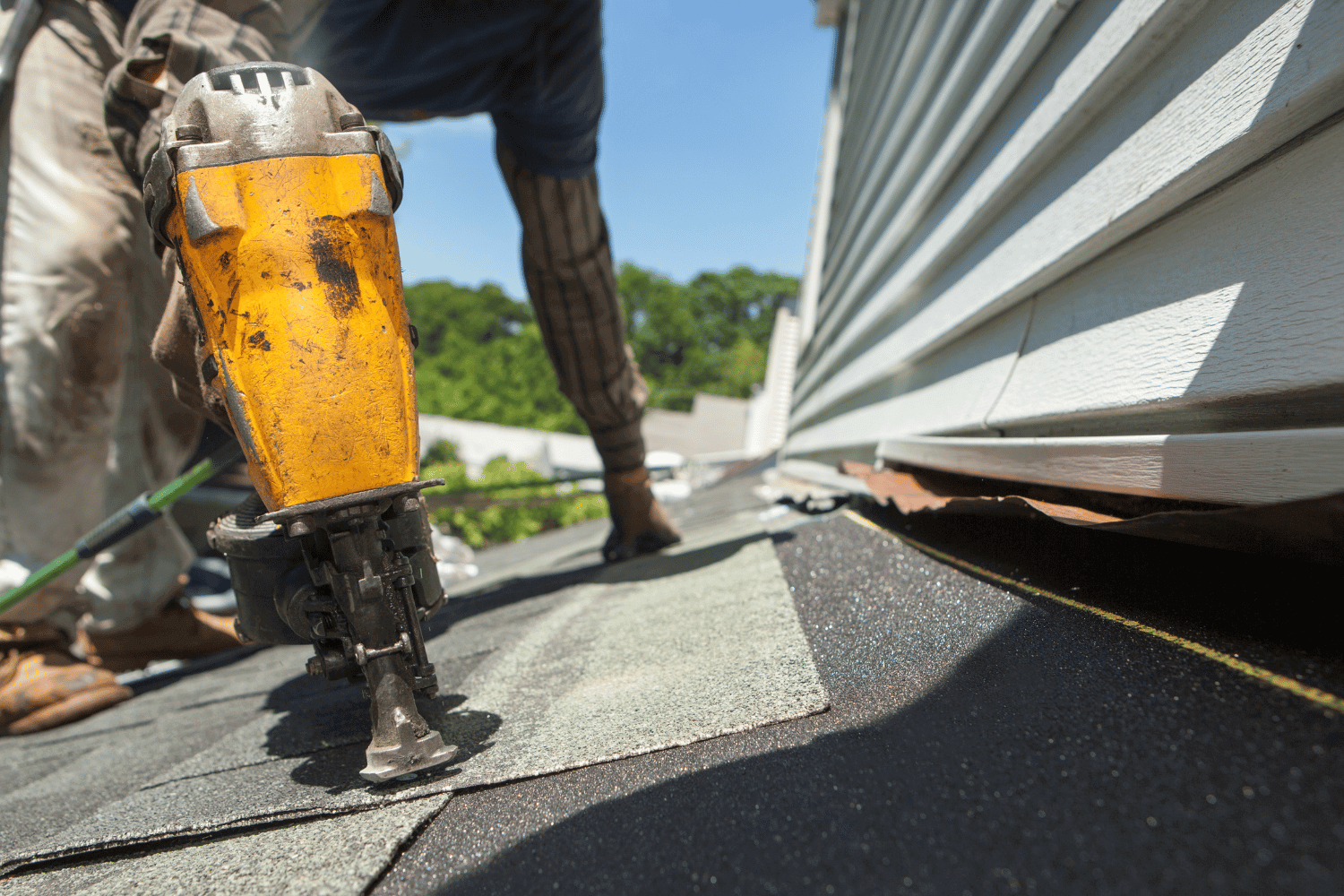
Investing in architectural shingles offers numerous benefits, including enhanced durability and aesthetic appeal. Premium options like Owens Corning shingles feature advanced technologies that allow them to withstand winds of 110-130 MPH. These shingles often come with a 50-year warranty, indicating their high quality.
Additionally, architectural shingles are designed to mimic traditional roofing materials like cedar or slate, providing a textured appearance that enhances curb appeal. Their various colors, patterns, and styles ensure that homeowners can find options that suit their taste and improve the home’s overall look, including architectural shingle roofs.
Getting the Best Deal on Architectural Shingles
Homeowners looking for the best deal on architectural shingles should explore options like homeowners insurance, loans, and payment plans. Gathering multiple estimates and openly discussing your budget with contractors can also aid in negotiating better prices.
Don’t hesitate to inquire about discounts or promotions, especially during certain seasons. Always check reviews on the BBB and other sites to avoid potential issues with low-priced offers. For those opting for DIY installation, ensuring correct installation and having all necessary equipment is crucial.
Choosing the Right Roofing Contractor
Choosing the right roofing contractor is crucial for project success. Look for contractors with a state license, NRCA certification, insurance, and at least five years of experience. Local contractors can provide quicker service and more reliable support.
Obtain multiple quotes from reputable contractors to understand average pricing and identify any unusually high or low estimates. Request recent references, get a detailed written estimate, and discuss warranties and guarantees to ensure quality assurance.
Beware of contractors offering unusually low prices, as they may hide extra fees.
Summary
In summary, architectural shingles offer a durable, aesthetically pleasing, and long-lasting roofing solution. Understanding the costs involved, including material and installation expenses, as well as additional factors like roof size, regional price differences, and warranties, is crucial for making an informed decision. Comparing architectural shingles with other roofing materials can help you choose the best option for your home. Remember to consider additional costs and select a reliable roofing contractor to ensure a successful roofing project. Investing in architectural shingles is an investment in your home’s future, providing both immediate and long-term benefits.
Frequently Asked Questions
What is the typical cost range for installing an architectural shingle roof?
The typical cost range for installing an architectural shingle roof is between $9,000 and over $30,000, influenced by factors such as project size and complexity. It’s essential to consider these variables when budgeting for your roofing project.
How do architectural shingles compare to standard asphalt shingles in terms of cost and quality?
Architectural shingles, while more expensive than standard asphalt shingles, which range from $80 to $130 per square, provide superior durability and an enhanced aesthetic appeal. Therefore, investing in architectural shingles may yield better long-term value.
What factors can influence the overall cost of installing architectural shingles?
The overall cost of installing architectural shingles is primarily influenced by roof size, regional pricing, labor costs, and material quality. These factors collectively determine the final price of the installation.
Are there additional costs to consider when planning a roofing project with architectural shingles?
Indeed, when planning a roofing project with architectural shingles, one must account for additional costs such as roof flashing, ventilation, repairs, and permits, as these can significantly affect the overall budget.
What benefits do architectural shingles offer compared to other roofing materials?
Architectural shingles offer superior durability, aesthetic appeal, and a longer lifespan than traditional asphalt shingles, alongside enhanced customization options in colors and styles. This makes them a beneficial choice for both functionality and design.

